32 breeds of rabbits
From the wild-looking Belgian hare to the silky angora fluffball, there are certainly different breeds of rabbits to fit every personality.
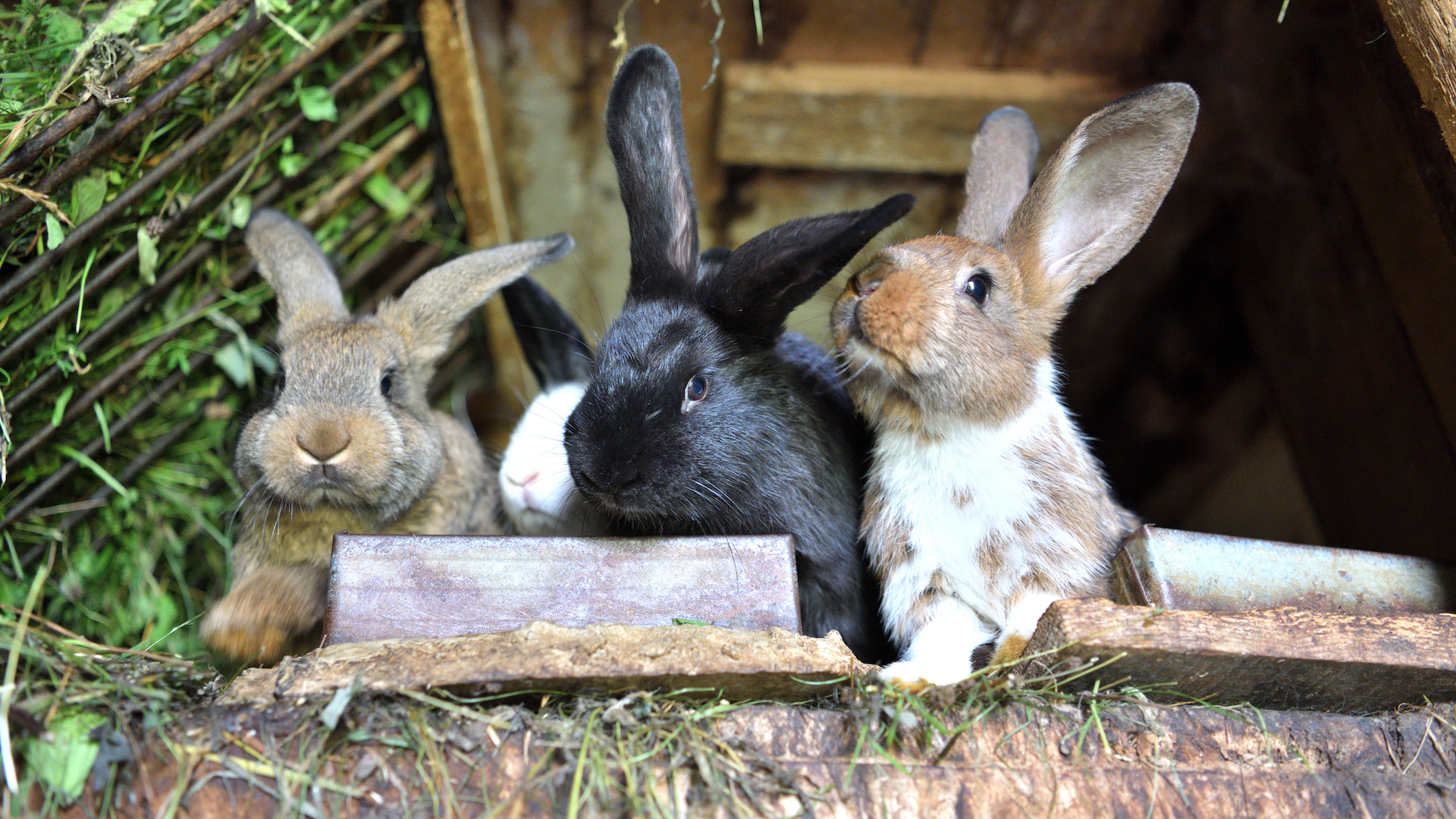
The jury is out on exactly how many rabbit breeds there are in the world but we've rounded up 32 breeds of rabbits here for you. There are of course wild rabbits in existence alongside the many domesticated breeds. Rabbits have been bred specifically for centuries for various reasons – chiefly for meat, fur, beauty (show rabbits), and as beloved pets.
Some breeds have several types or varieties, which may account for some of the discrepancies in the exact number. The American Rabbit Breed Association and British Rabbit Council have more than 50 breeds on its books, and more than 500 varieties.
Like other species, rabbits come in myriad shapes, sizes, and coat types. And while they can come in all different varieties one thing that is true of all breeds is that they all need some of the best food for rabbits, to thrive in life. The tiny dwarf breeds may weigh only a couple of pounds, while one of the giant breeds has topped the scales at a record 49lb!
Some breeds are more skittish, others are known to be laid-back, while others are friendly and companionable.
Whatever, your rabbity wishes, there’s a breed out there for everyone who loves a bunny!
32 breeds of rabbits
1. Lionhead
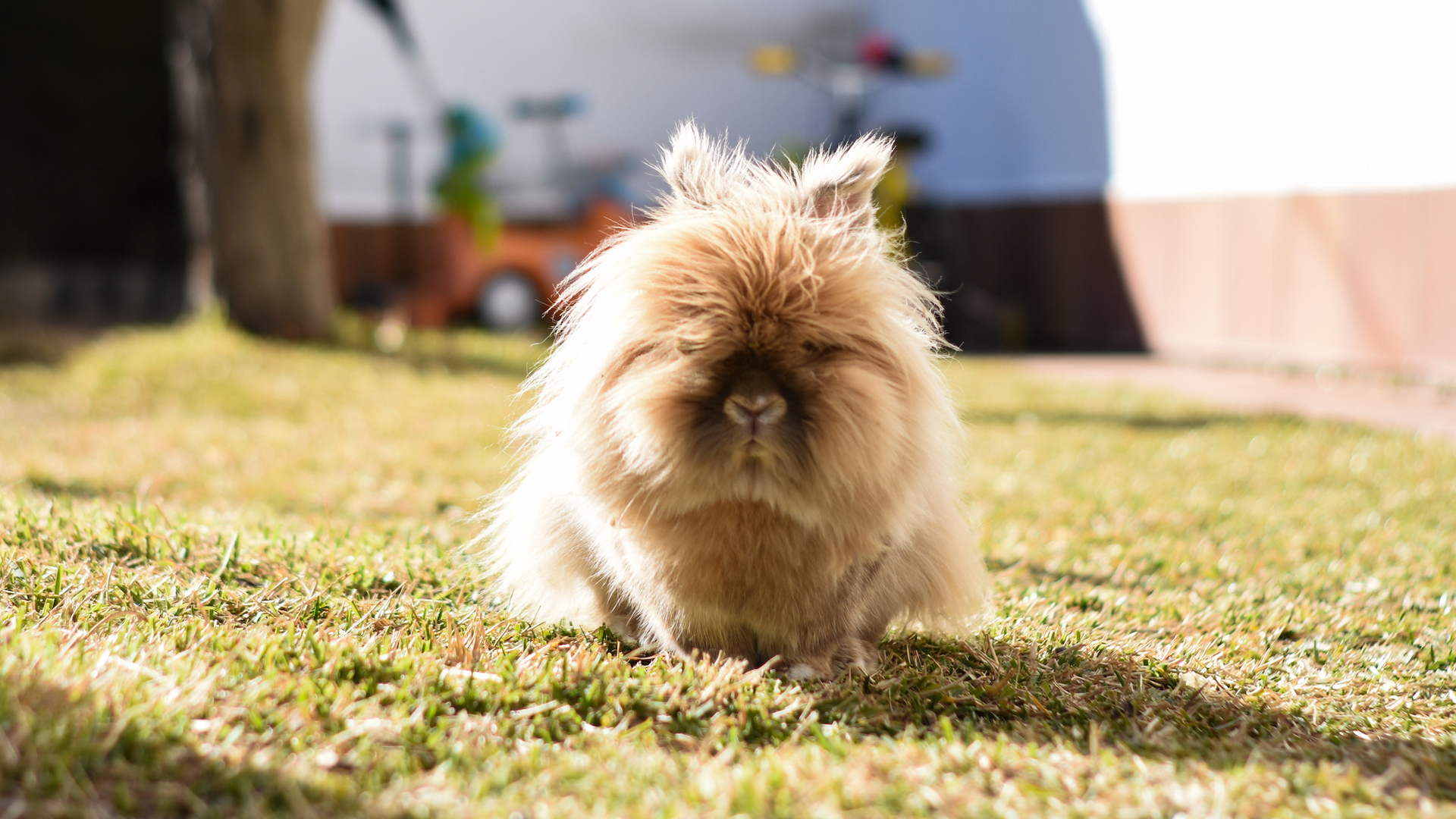
A small rabbit with a magnificent mane to match their name, this is a sweet, appealing bunny. They are playful, and friendly and enjoy a cuddle. The breed is thought to have developed in Belgium from a cross between a Swiss fox and Belgian dwarf, with possibly some angora mixed in.
A recognized breed in the States since 2014 that has soared in popularity since. In 2018, a lionhead won best in show for the first time at the American Rabbit Breeders Association’s convention.
Get the best advice, tips and top tech for your beloved Pets
Max weight 3.75lb.
2. Rex

The rex is known as the king of rabbits, with its prize asset its short, dense, velvety fur. It comes in 16 color varieties, with castor (a rich brown) the first and amber the newest. First shown in 1924 at the Paris International Rabbit Show, the same year a Rex was imported into the USA.
Max weight 10.5lb.
3. Holland lop
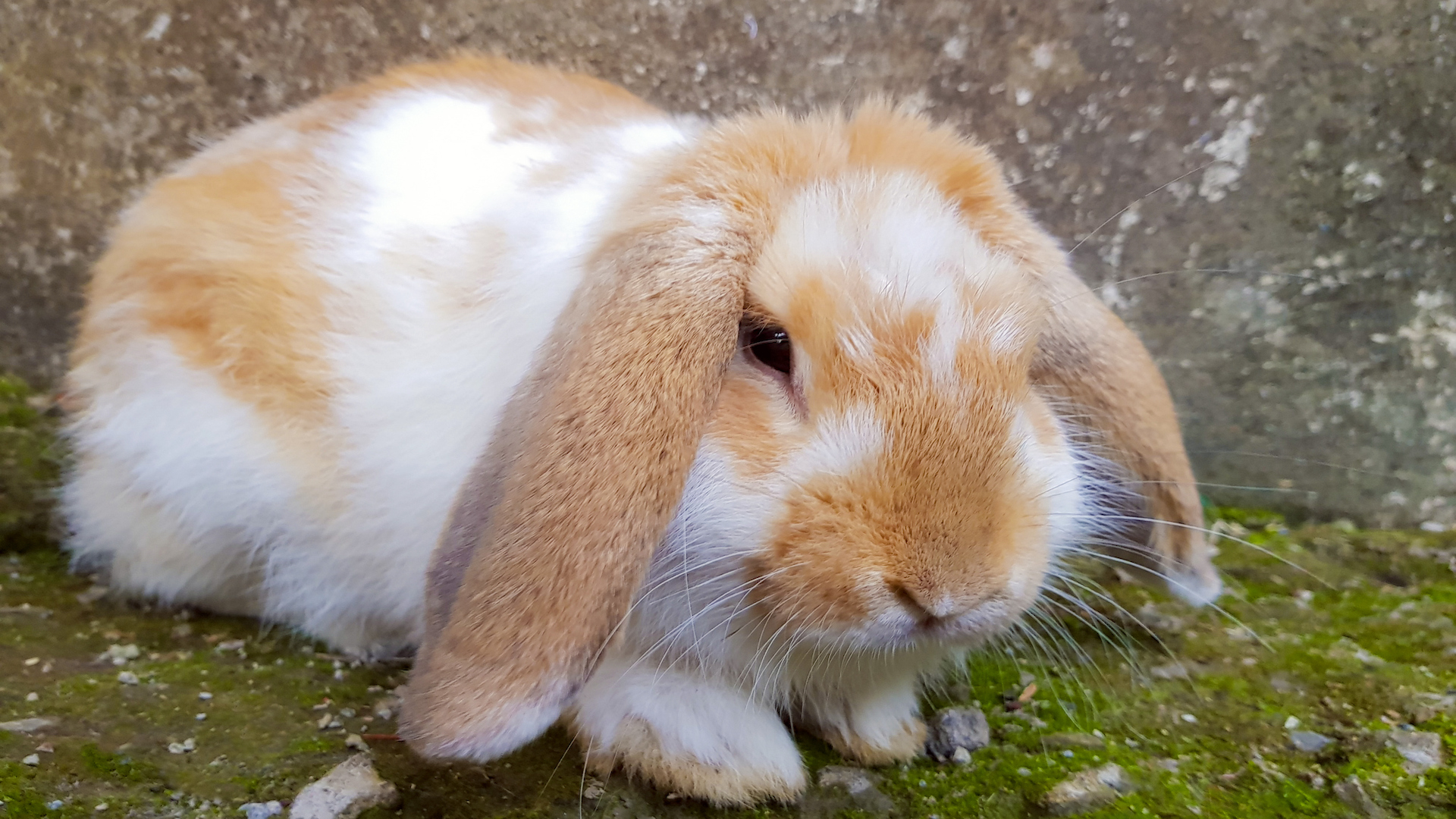
This adorable, diminutive lop-eared bunny was developed in, you guessed it, the Netherlands. The aim was to produce a more compact version of the large French lop. The resulting Holland lop is small, with a relatively large head and sweet lopped ears. It is also called the dwarf lop in Europe.
It is one of the five most popular rabbits in the US, having been recognized as an official breed in 1979.
Max weight 4lb.
4. Netherland dwarf

This tiny rabbit, with its brachycephalic head and cute upright ears has enduring appeal. They come in a kaleidoscope of 25 different colors which have increased in tandem with their popularity.
Max weight 2.5lb.
5. Mini lop
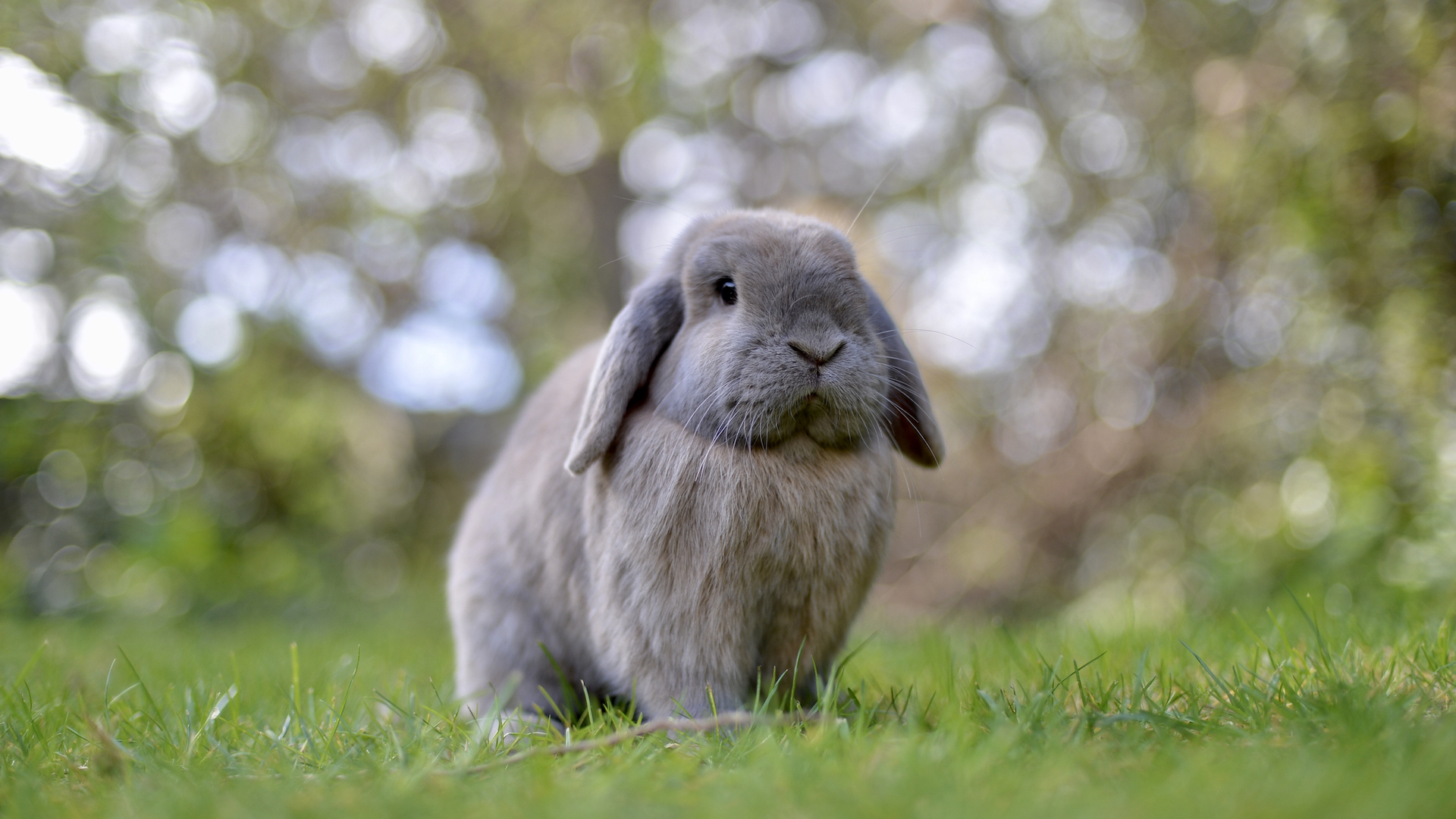
This chunky, broad and well-muscled rabbit has been growing in popularity since it became an official breed in 1980. They have a large, closely set head, characteristic lop ears, and thick, glossy fur. It was originally called the Klein Widderand when it first arrived in the States in the 1970s.
Max weight 6.5lb.
6. Californian
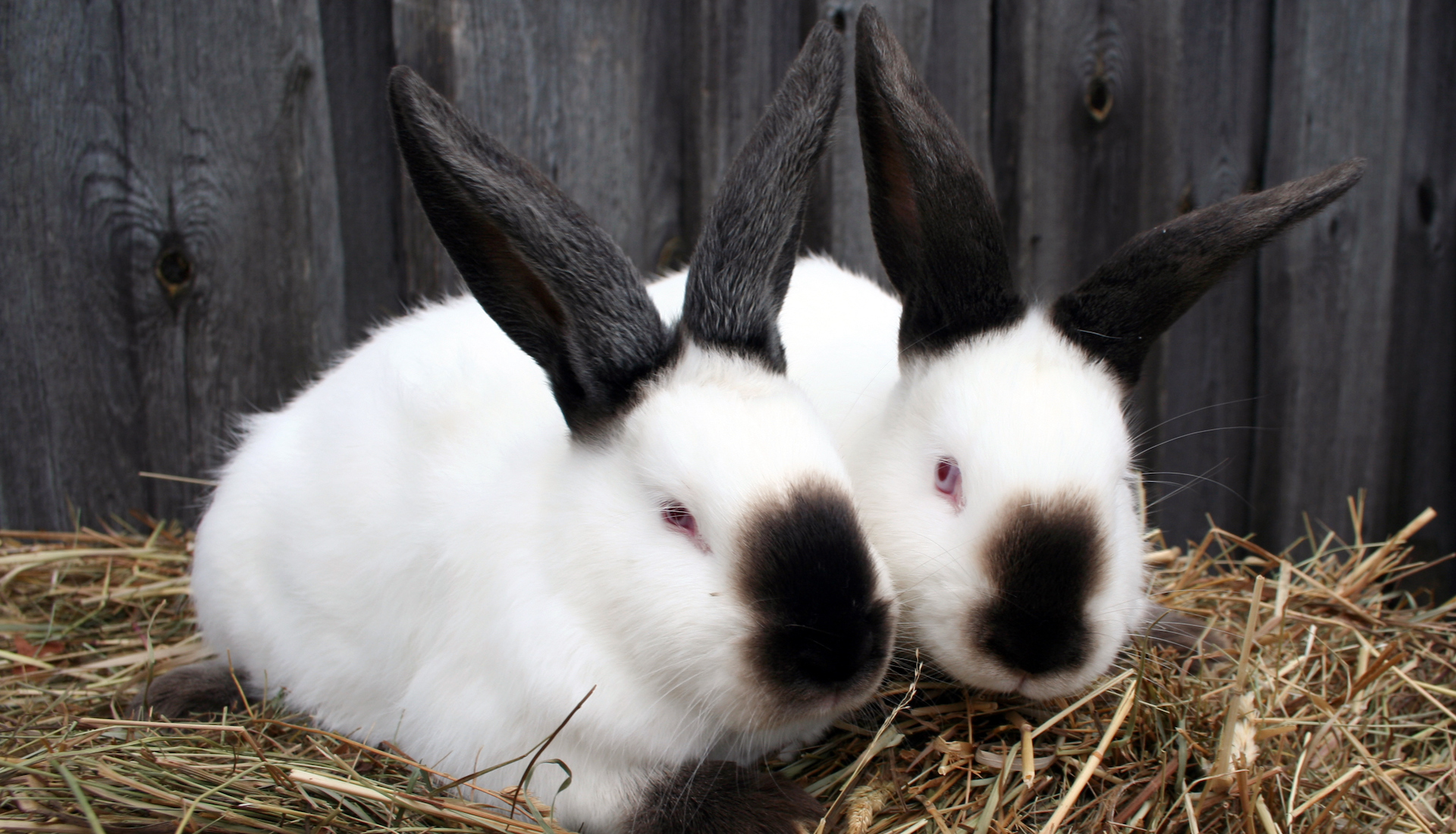
Developed, as the name suggests, in the state of California, this rabbit is one of the most popular in the whole of the US. They were first shown in 1928, and an official standard was drawn up in 1939. They are typically white, with black markings, such as on their ears, nose, and legs.
They are a commercial breed, and have often been raised for fur and meat, but are increasingly popular as pets, with a mild temperament that is well suited to life as a house rabbit. We recommend having one of the best rabbit runs to give this bunny a chance to stretch their legs.
Max weight 10.5lb.
7. French lop
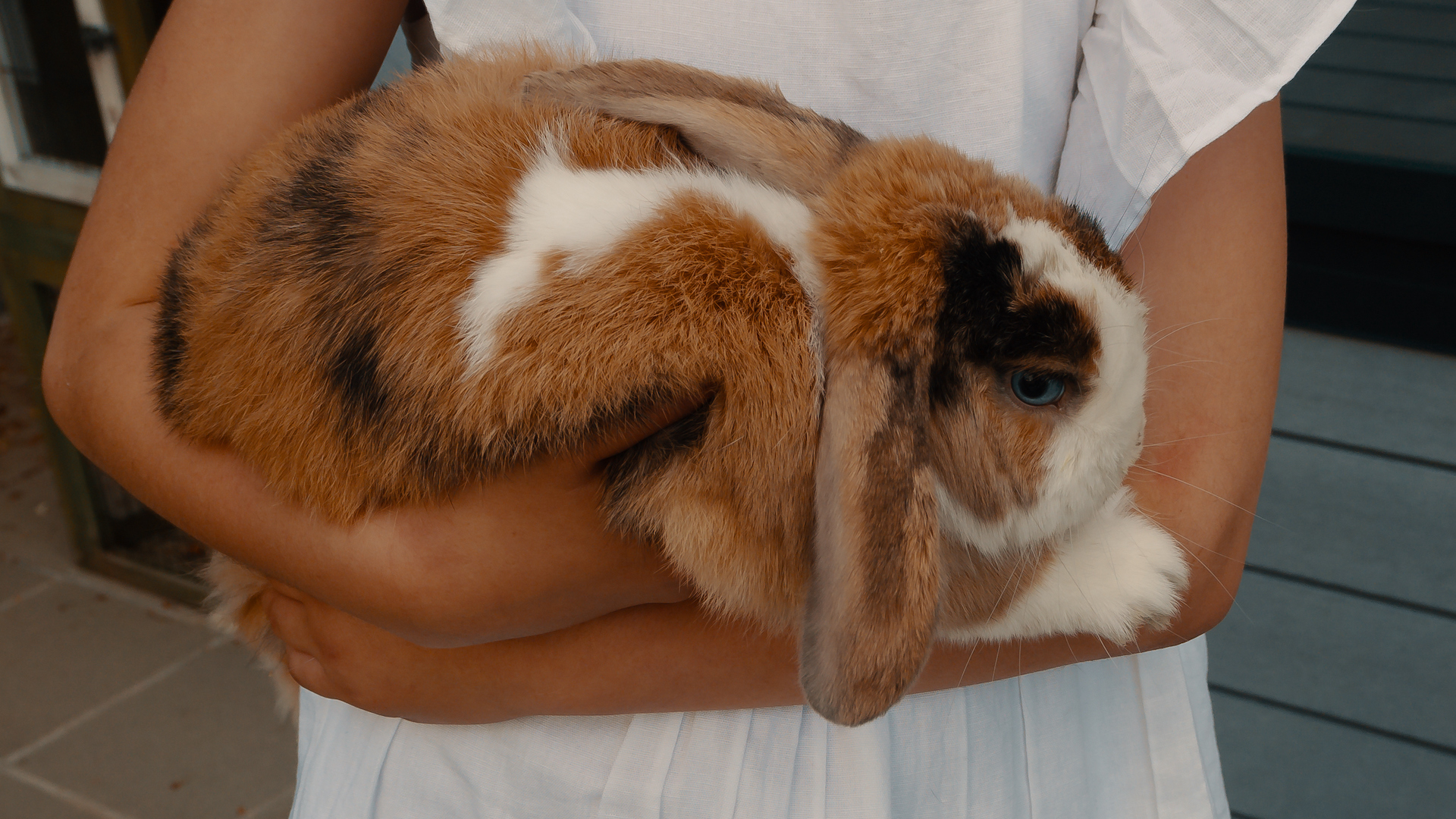
This enormous, heavy-boned rabbit has no maximum weight. They are thought to have originated from the English lop and the giant papillon, both large breeds themselves. They are majestic in looks, yet placid and docile in temperament, with a soft, dense coat.
You will certainly need to pick up a guide on rabbit grooming with this breed to keep their coat looking its best.
8. Dwarf papillon
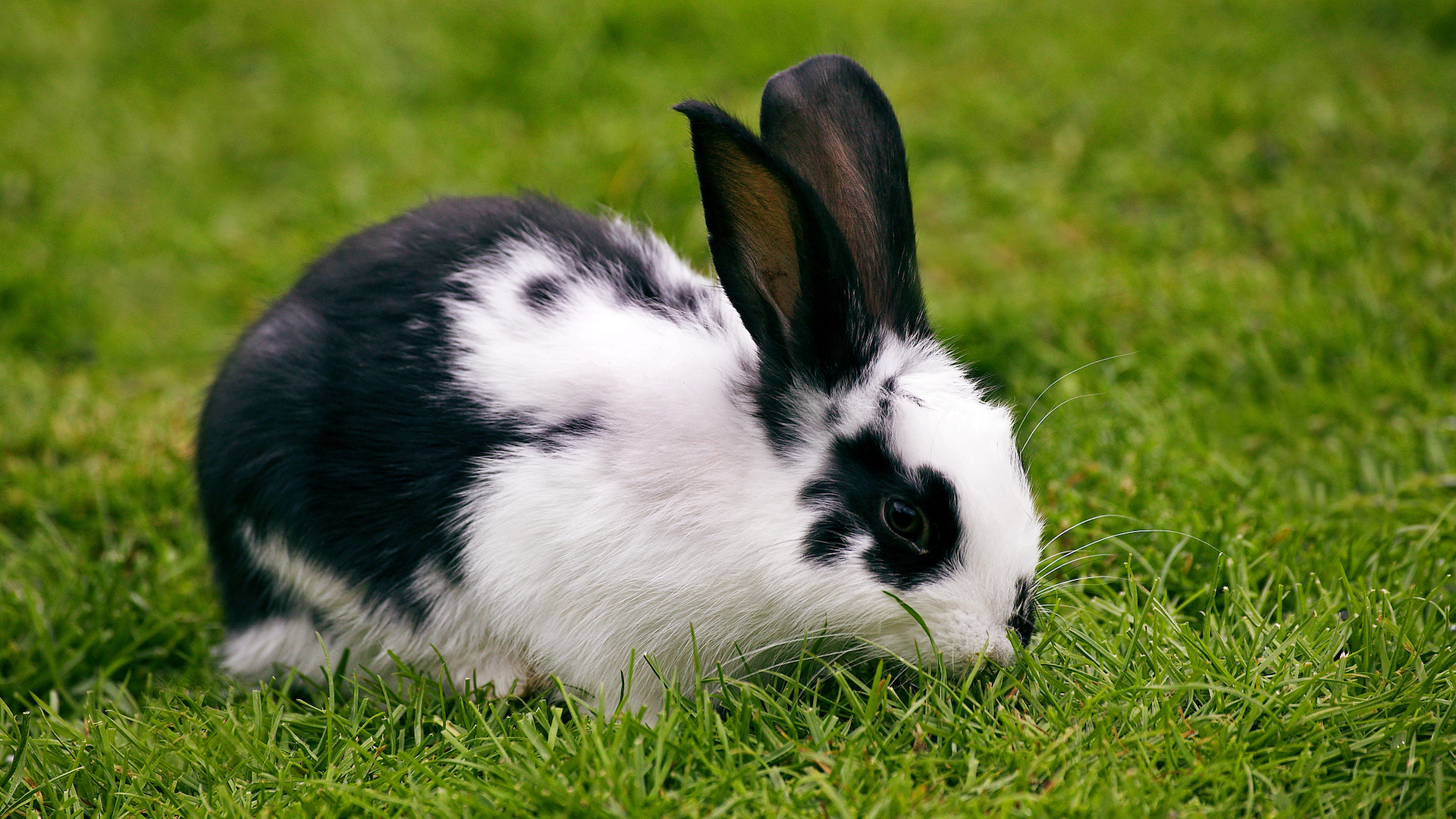
The dwarf papillon is a relatively new breed in the US, having only been imported in 2015. They have had several names in Europe, having first been developed in Germany, where they were called Zwergschecken, and today’s dwarf papillon is related to this together with French and Swiss versions.
This adorable breed has erect, V-shaped ears and distinctive markings on its ears, eyes and cheeks, as well as on its body. The butterfly markings on its face give rise to the name papillon, which means butterfly in French.
Max weight 4.5lb.
9. Dutch

Arguably the more recognizable rabbit breed of all – and enduringly popular – the Dutch originates in 19th century England. The distinctive pattern of markings feature a mix of white and colored fur in separate blocks with clean lines between the two. They also have a blaze down the face in a wedge shape.
This is a calm, gentle breed, which makes an ideal pet, as well as having striking, traditional looks.
Max weight 5.5lb.
10. Flemish giant
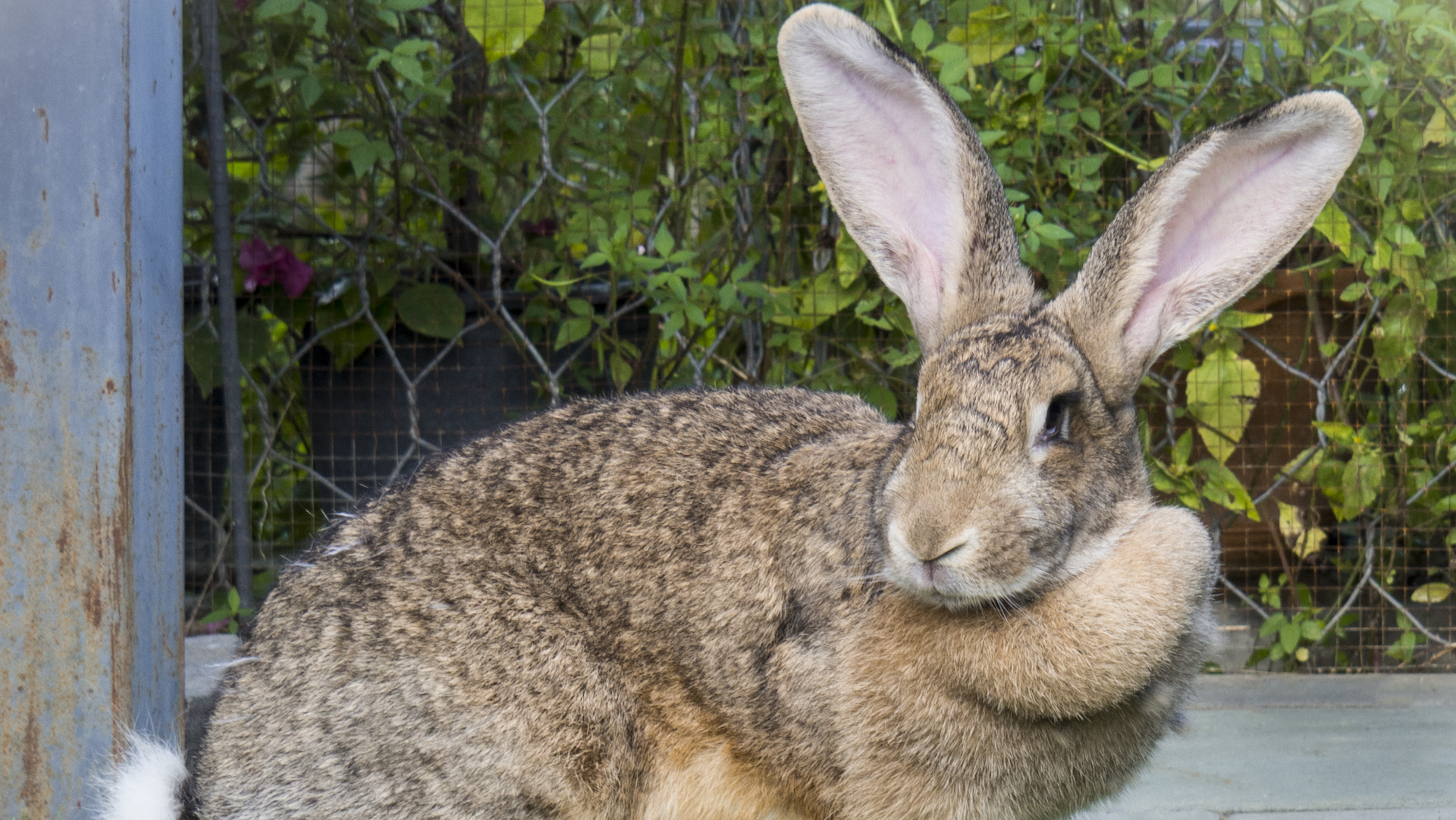
Of Belgian origin, this large rabbit is nicknamed the “gentle giant” on account of its docile temperament. This is the biggest official rabbit breed, and also one of the oldest, with a breed standard dating back to 1893.
They have been used for meat and fur, as well as pets, breeding and show animals. They feature in the ancestry of many newer breeds.
No maximum weight, and have been recorded as weight up to 49lb, though 15lb is average.
11. Angora
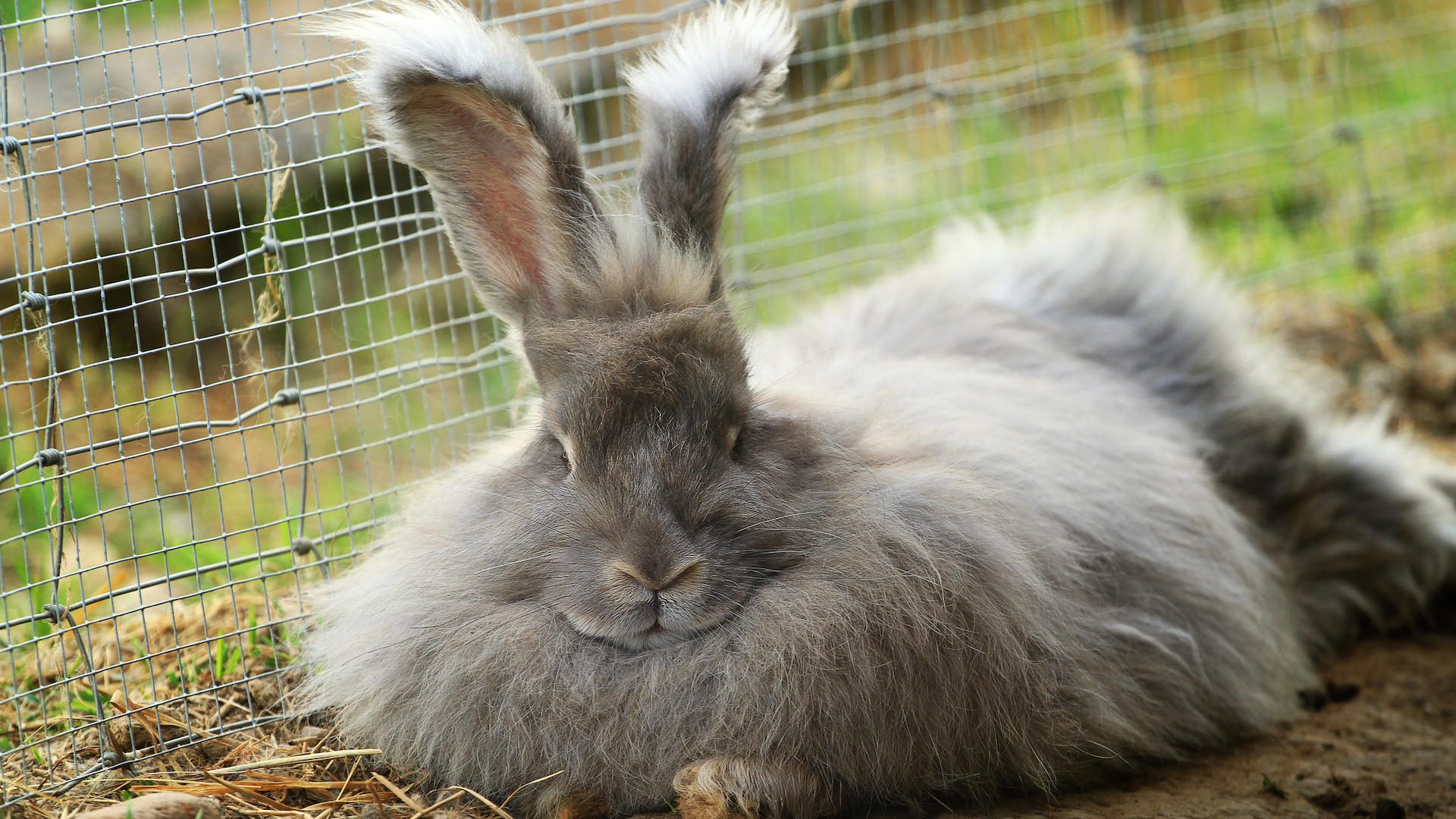
The ARBA recognizes four official breeds of angora: French, English, satin, and giant – and even more unrecognized ones. They all possess a silky, luxurious wool, which is a hallmark of the breed. It does not typically cause allergies in the way other animals’ fur does. These rabbits can be shorn like sheep for their wool, but they also make sweet pets, so long as you’re up to the grooming demands of these fluffballs.
They are believed to have originated in Turkey and come to Europe via French royalty.
Max weight 7.5lb for the smallest (English) up to no max for the giant.
12. Harlequin

There are two types of Harlequin, the Japanese (orange or fawn with black, blue, chocolate or lilac) and the magpie (white with black, blue, chocolate or lilac). Their distinguishing feature is their two-tone appearance, with the ideal markings consisting of an obvious split between the colors on the head, ears, feet and body.
This is a well-established breed that was developed in Europe, chiefly France, where it was first exhibited in 1887.
Max weight 9.5lb
13. Standard chinchilla
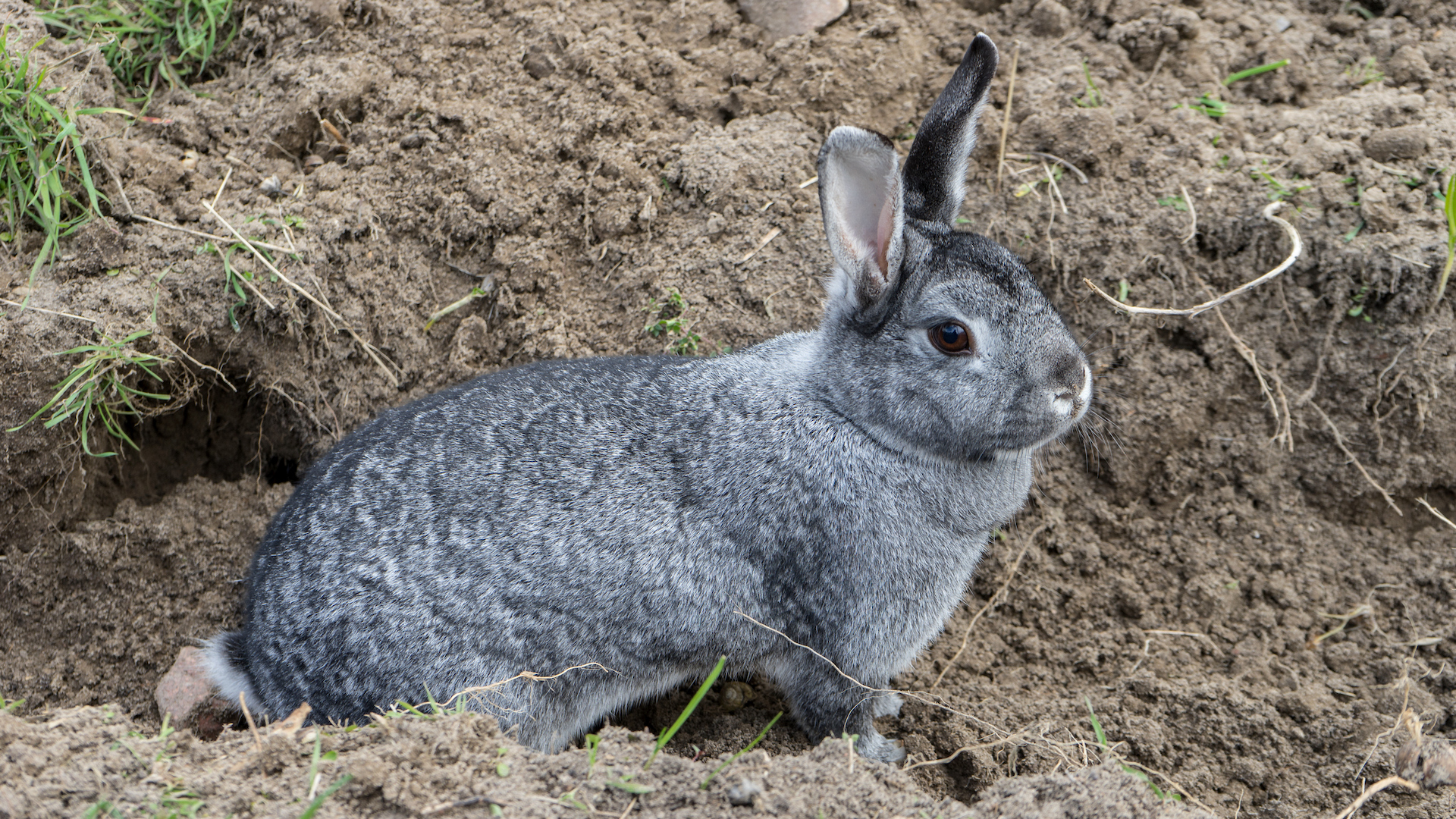
The 1920s saw a boom in chinchilla rabbits, as their coats were deemed extremely valuable. They are named for the color and silky soft texture of their fur, and have no relation to the rodent chinchilla. The rabbit version was recognized as a breed in the US in 1923.
There are three chinchilla breeds: standard, American, and giant, of which the standard is the smallest. Chinchillas feature in many domestic rabbit breeds’ ancestry.
Max weight 7.5lb.
14. Blanc de Hotot
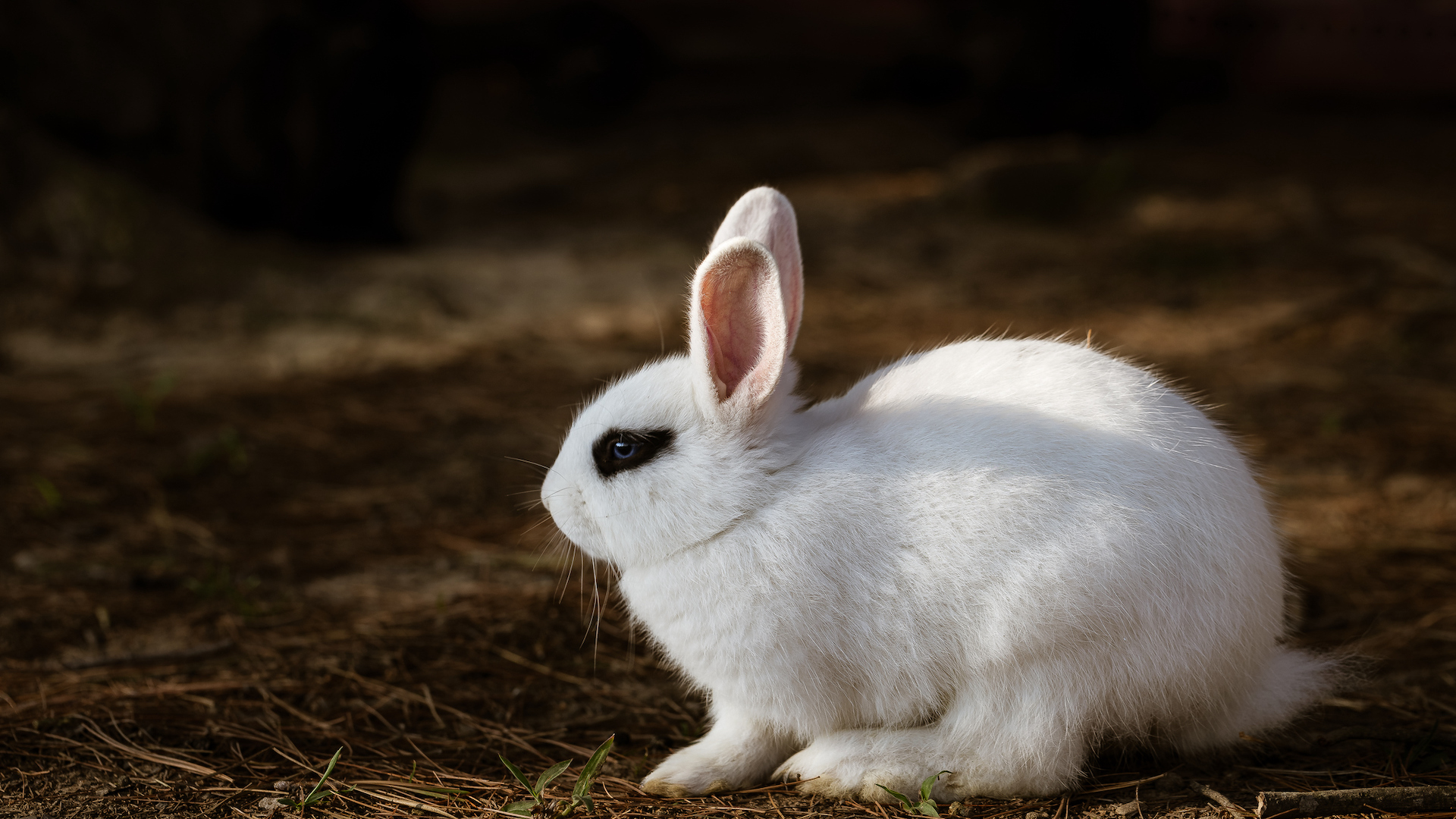
These delightful snow-white bunnies with a ring of black eyeliner, like fine spectacles, originated in Hotot-en-Auge in northern France. Their white guard hairs give them a frosty appearance. The ARBA recognized them as a breed in 1979 and they have a loyal following, although they are considered globally endangered.
There is also a dwarf variety, weighing only 3lb max.
Max weight 11lb.
15. Satin
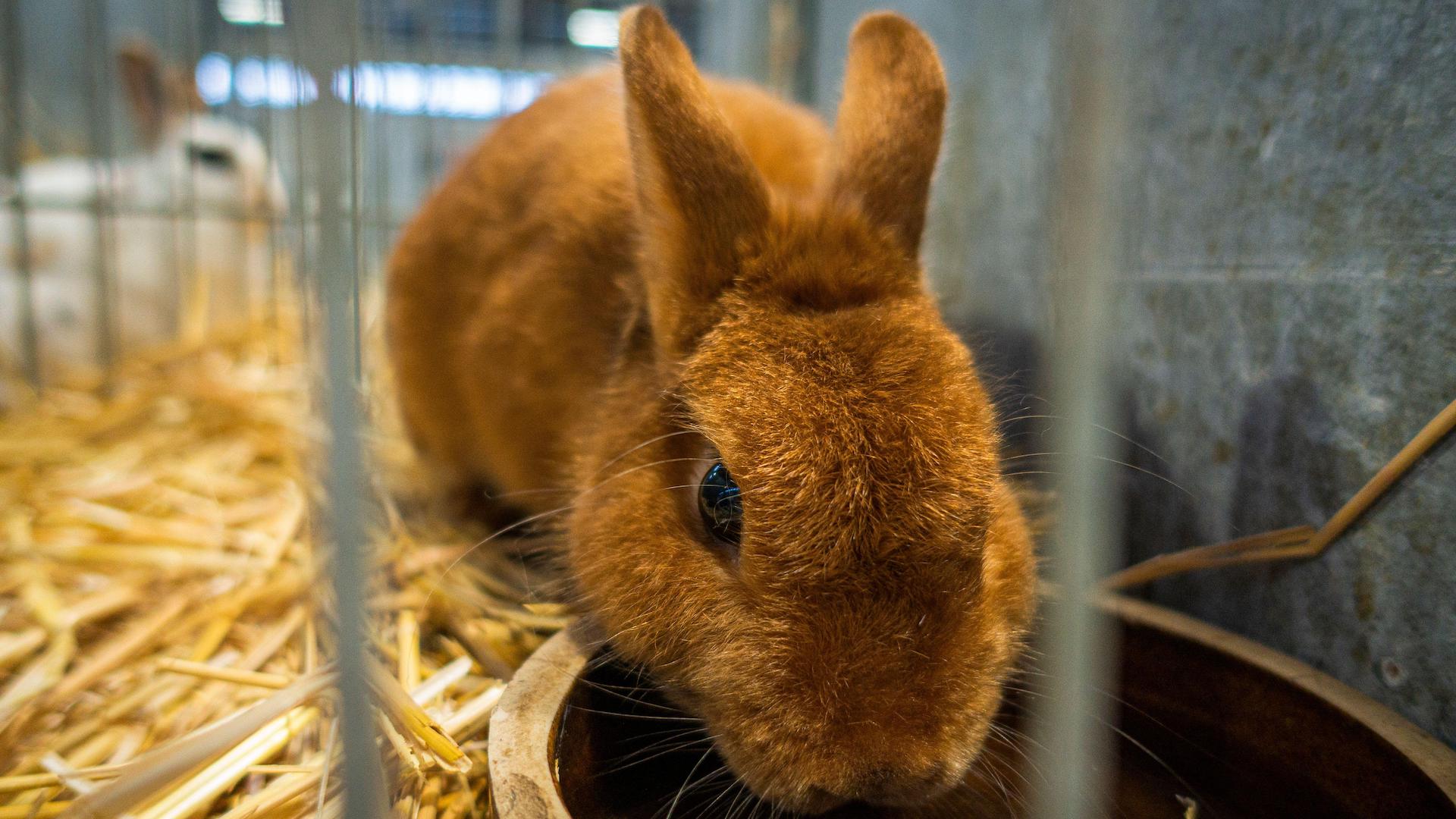
The satin came about via a mutation in a Havana litter, which gave these particular rabbits a brilliant sheen due to a unique fur structure, whereby the cuticle of the hair shaft is transparent. They also come in a mini version, which was originally called a satinette. Together, they’re affectionately known as “Team Sheen”.
There are 14 varieties of satin, from otter to lilac and Himalayan, while there are 18 varieties of mini satin, including lynx and squirrel.
Max weight 11lb or 4.75lb for mini.
16. Britannia petite
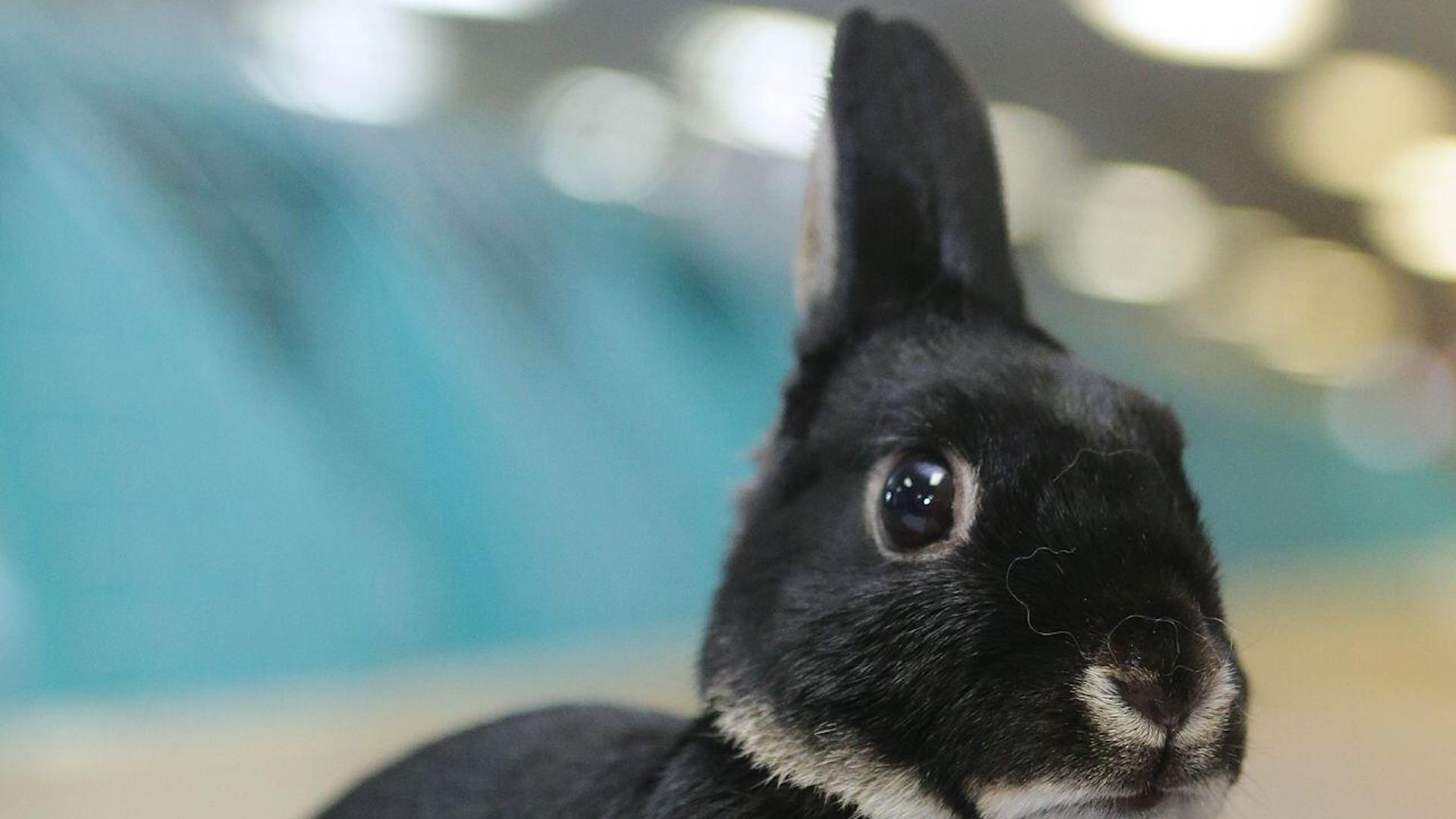
Known as the “Polish” in Britain, this is a tiny wee rabbit, with bundles of energy. They are showy, but they require a lot of patience due to their activity levels and highly-strung natures. A “pint-sized dragon” as one expert puts it. You may want to check out different games for rabbits to keep them busy.
Although they look cute, with their large, expressive eyes and elegant physique, they are not a natural pet, but best with an experienced handler.
Max weight 2.5lb.
17. Jersey wooly
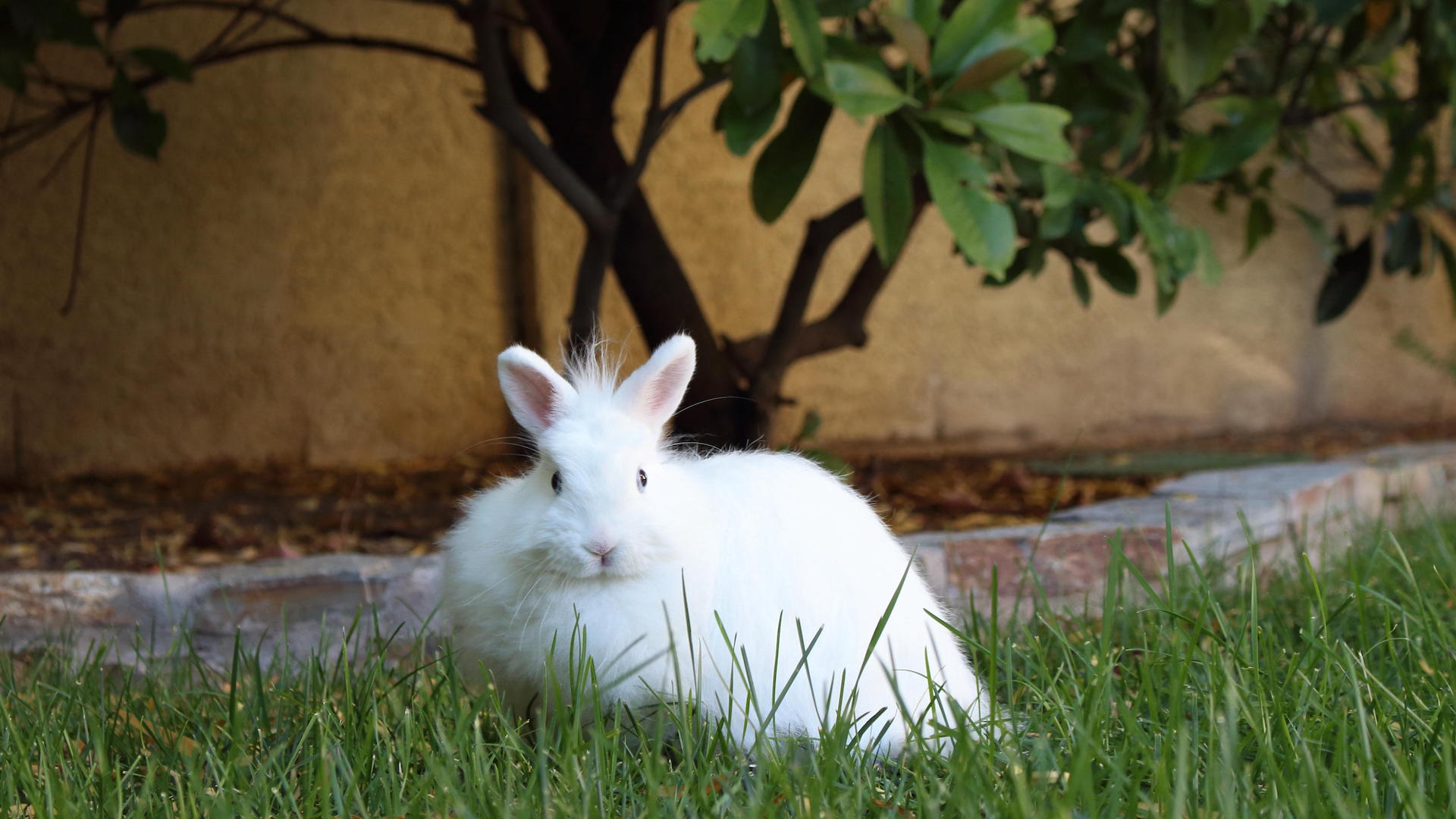
One of the most popular show breeds of rabbit both in the US and overseas. This dwarf rabbit is known for its friendly, docile temperament and wooly coat. They have small erect ears and a “mug head”, being fairly square.
This breed was developed by crossing the Netherland dwarf with the French angora, given its small size and wooly fur. It became an ARBA official breed in 1988.
Max weight 3.5lb.
18. Havana
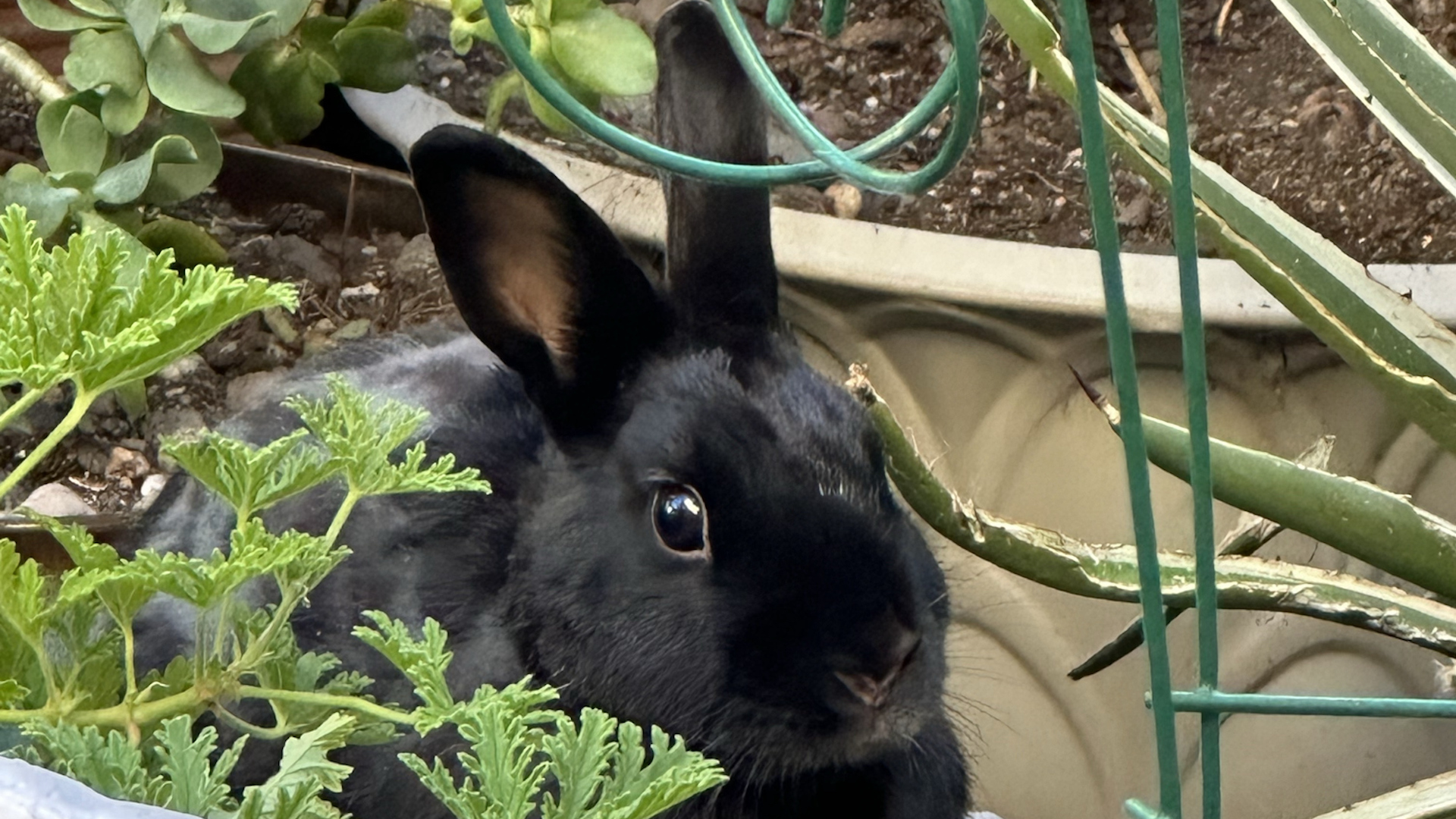
A long-established breed, having first been recognized by ARBA in 1916 after being originally developed in the Netherlands. Their fur is their prize asset, having the texture of mink, and this compact, rounded bunny is a huge success on the show table.
There are five accepted colors: chocolate, black, blue, broken, and lilac.
Max weight 6.5lb.
19. Himalayan
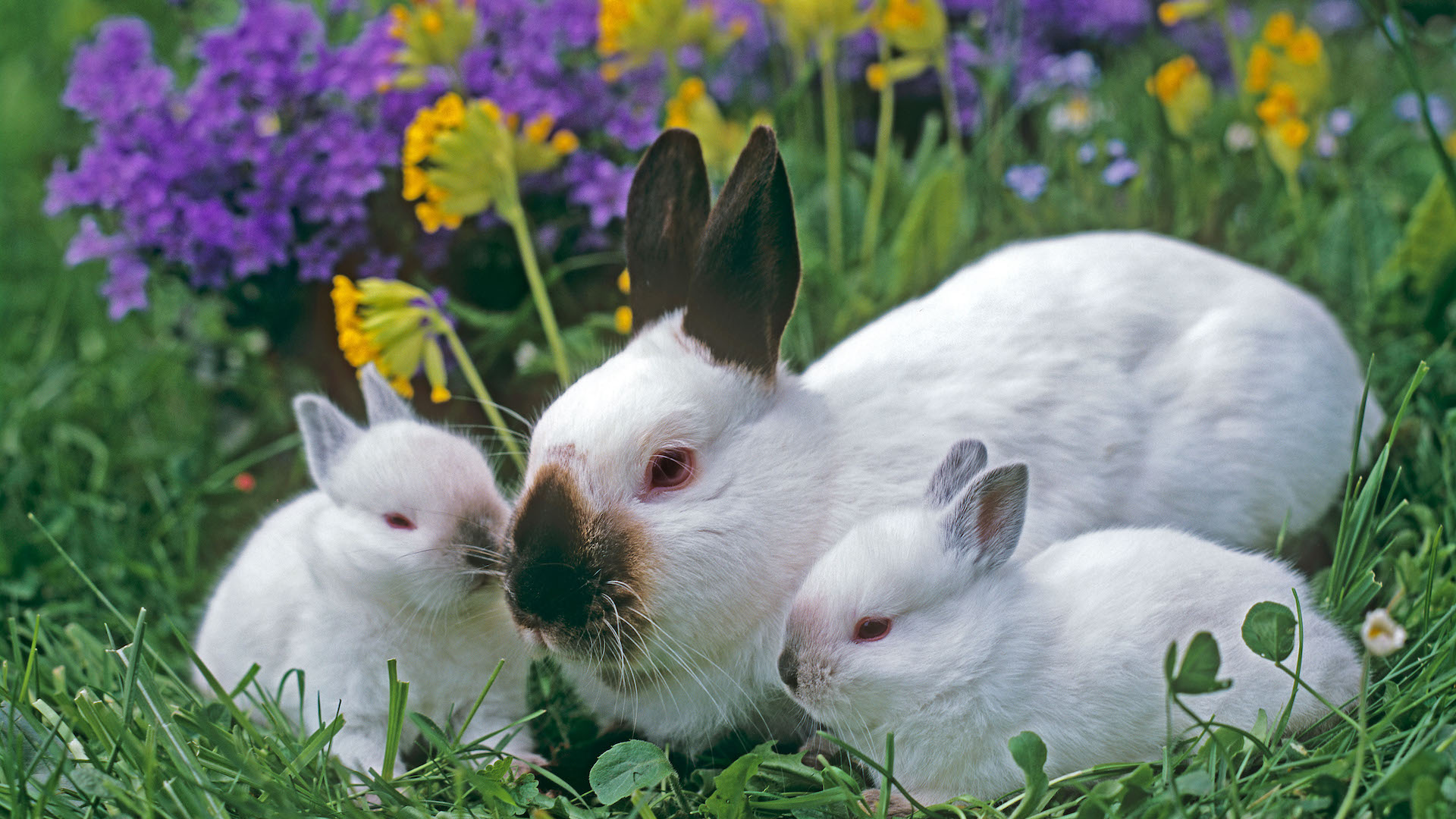
The Himalayan has many names: “Russian rabbit”, “black nose rabbit from China” and the less appealingly titled “Egyptian smut”. They are marked similarly to the Californian, with a white body and dark nose, ears, and feet, and are a likely ancestor.
They are believed to be one of the first rabbit breeds and have long been popular show bunnies, dating back to the mid-19th century in Europe. They are laid-back and easy to handle, and enjoy a playing around with some of the best rabbit toys.
Their body shape is unique, being cylindrical – the only such breed recognized by the ARBA. Unlike many other breeds, they were not raised primarily for meat, with their long, skinny bodies being unsuitable.
Max weight 4.5lb.
20. American

Despite its common name, the American rabbit is on the watch list as a rare breed. (It was called German Blue Vienna until World War I). It has been critically endangered, but its fortunes are reviving and it is now in the threatened category.
Shaped like a mandolin, with its semi-arched back and long loin, the medium-sized American rabbit comes in only two colors: blue or white. The blue was officially recognized first in 1917, with the white only being accepted in 1925. They have a sweet, calm temperament.
Max weight 12lb.
21. Belgian hare
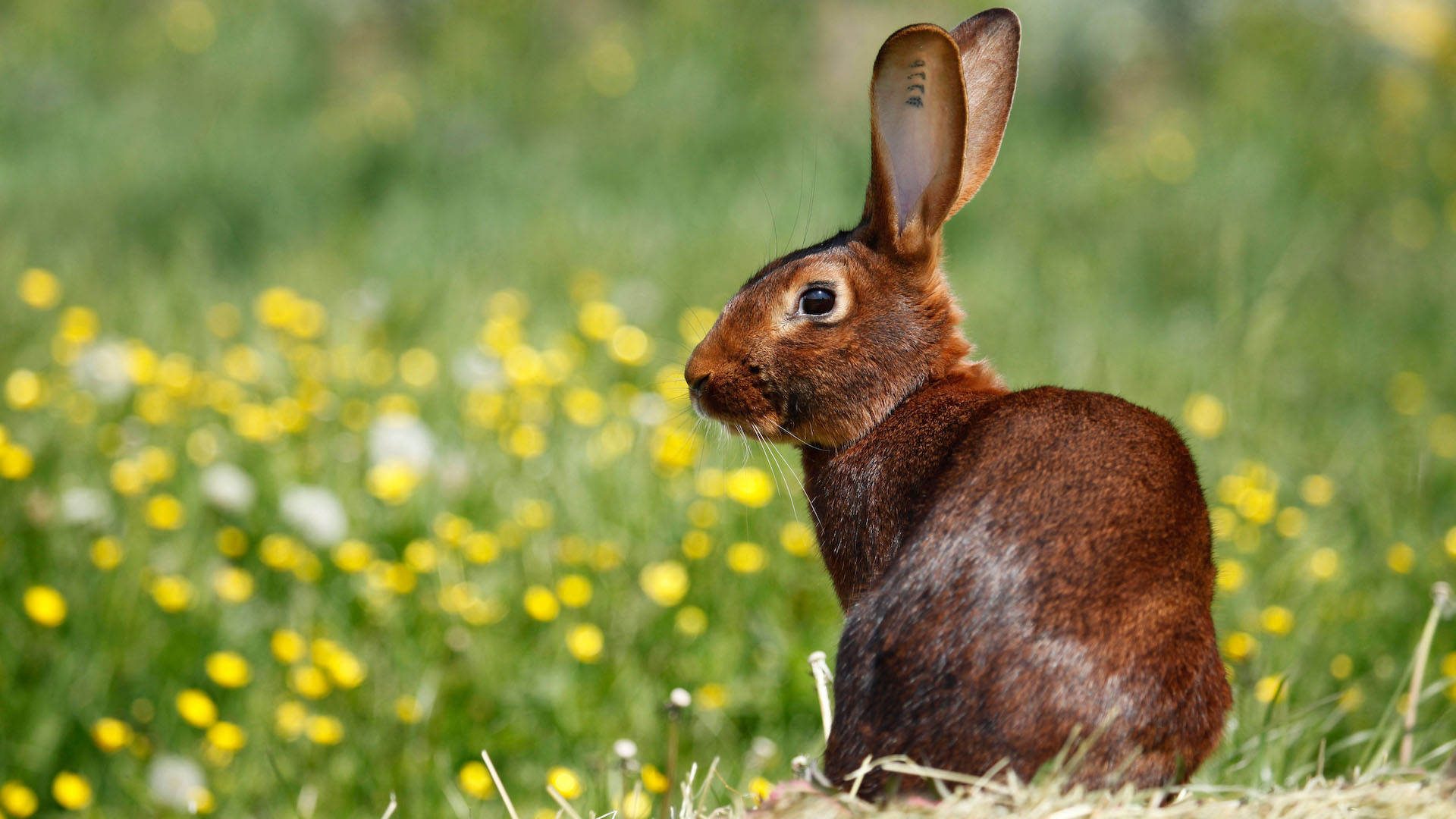
Not a real hare! This is one of the oldest breeds of rabbit in the US, dating back to the 1880s. They are heralded as the breed responsible for the domestic rabbit movement in the States. They were extremely popular at the turn of the 20th century, with individual rabbits selling for up to $5,000 – the equivalent of a six-figure sum today. However, they are now on livestock conservancy watch lists as one of the rare breeds.
The Belgian hare is racy, lithe, and athletic, with an alert pose – bred to look like a hare in the wild. Their coat traditionally has the ticking you would expect in a wild hare.
Max weight 9.5lb
22. Checkered giant
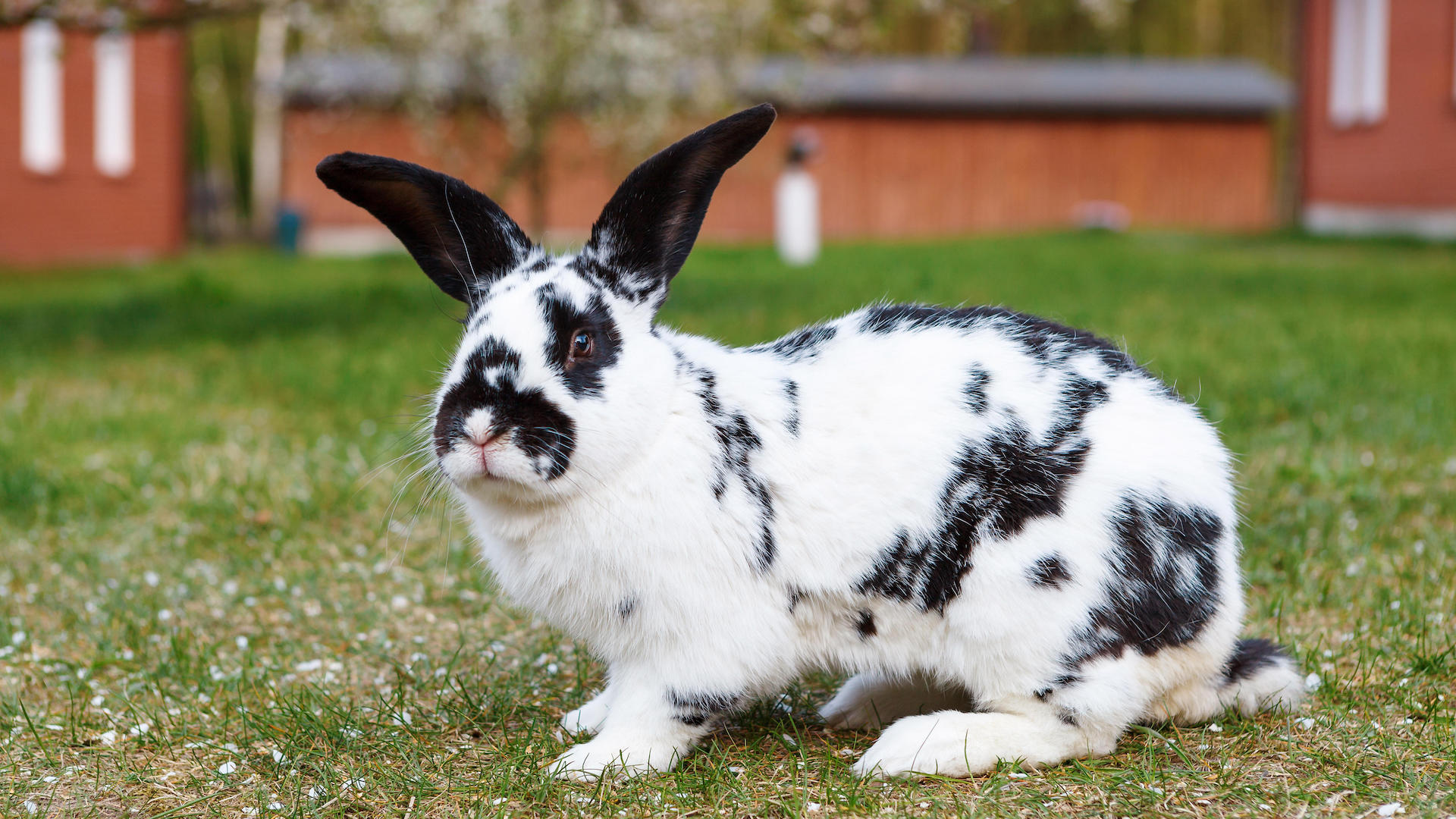
This boldly marked rabbit is one of the largest breeds – with no maximum weight – and is also athletic and enjoys running! This breed was established over a century ago in 1919, in the US, having been developed in Germany from the Great German spot and Flemish giant. They are celebrated in the US as “Rabbit Beautiful”.
They come in either black (white with black markings) or blue (white with gray markings). The markings are very specific, including exact patterns of spots on the sides, eye circles, and cheeks, as well as solid-colored ears and a dorsal line.
23. English spot

In Britain, this breed is simply called the English rabbit. This is a lithe, active, long-legged bunny that loves to run. They have distinctive markings, with a butterfly nose, eye circles, cheek spots, herringbone, and colored ears. They have a chain of spots that goes along both sides of the body from the neck to the hindlegs.
As the name implies, they were first established in England in the late 19th century, where they were favoured by the future King Edward VIII. They came across the Atlantic around 1910.
Max weight 8lb.
24. Tan
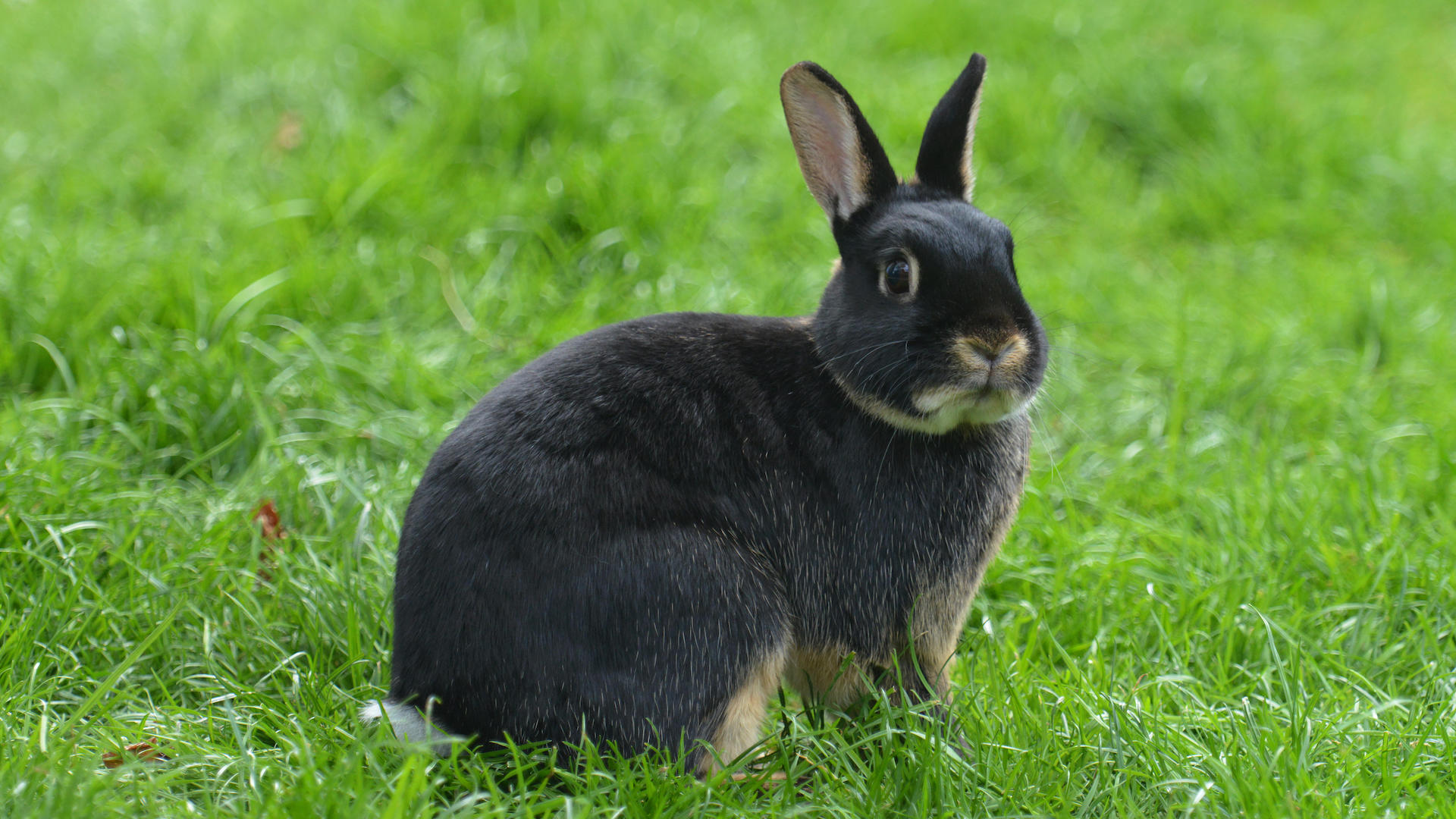
The tan rabbit descends from a wild colony of rabbits in England. The modern tan is thought to be much more athletic and sleeker than its sturdier forebears, but it still has a look of the wild about it. They are very playful and intelligent with fun personalities.
They come in four intense colors: black, blue, chocolate, and lilac, and are a full-arched breed – meaning they have a lot of daylight under their bellies, being lean, long-legged and well balanced.
Max weight 5.5lb.
25. Thrianta

This is a brilliant orange-red rabbit – nicknamed the “Fire of the Fancy”. Its stunning coat is soft, dense, and medium in length and will need regular grooming with one of the best rabbit brushes. But they aren’t fiery in nature, being sweet and affectionate.
The breed was developed in the Netherlands, where orange is a patriotic color, and it is said that the creator of the breed, Mr Andreae, bred these flame-colored rabbits in defiance of the Nazi regime occupying his homeland and in honor of the Dutch House of Orange.
Max weight 6lb.
26. Argente
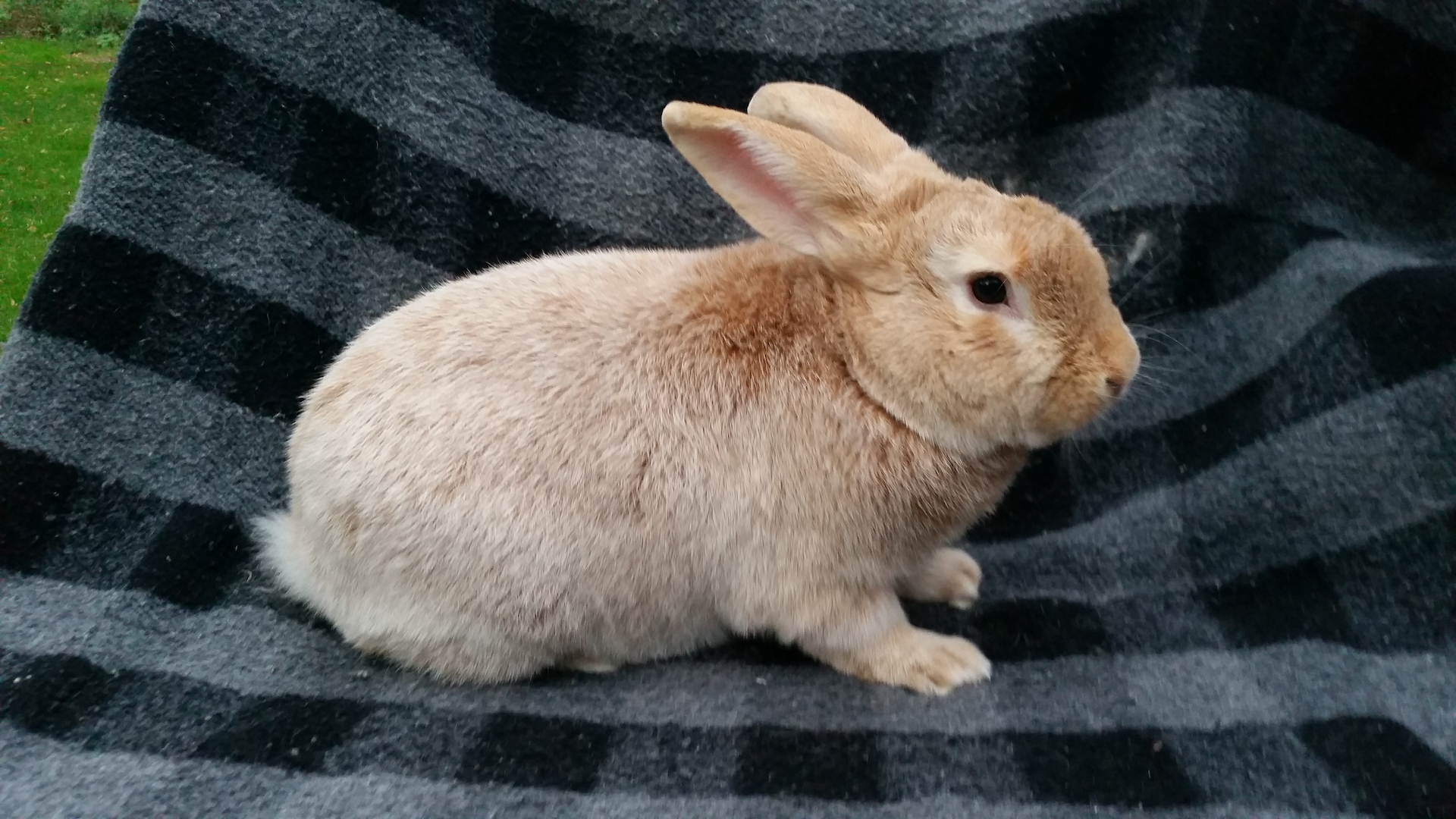
There are six types of Argente rabbits, of which three are recognized by the ARBA. These are the champagne, creme (pictured) and brun. The brun is the newest of the breeds, and has a dense, glossy coat with a deep chocolate undercolor.
All of the Argente breeds have a stunning-colored coat with a different under color, which gives them a frosty, silvery appearance.
Max weight around 11lb
27 Silver marten
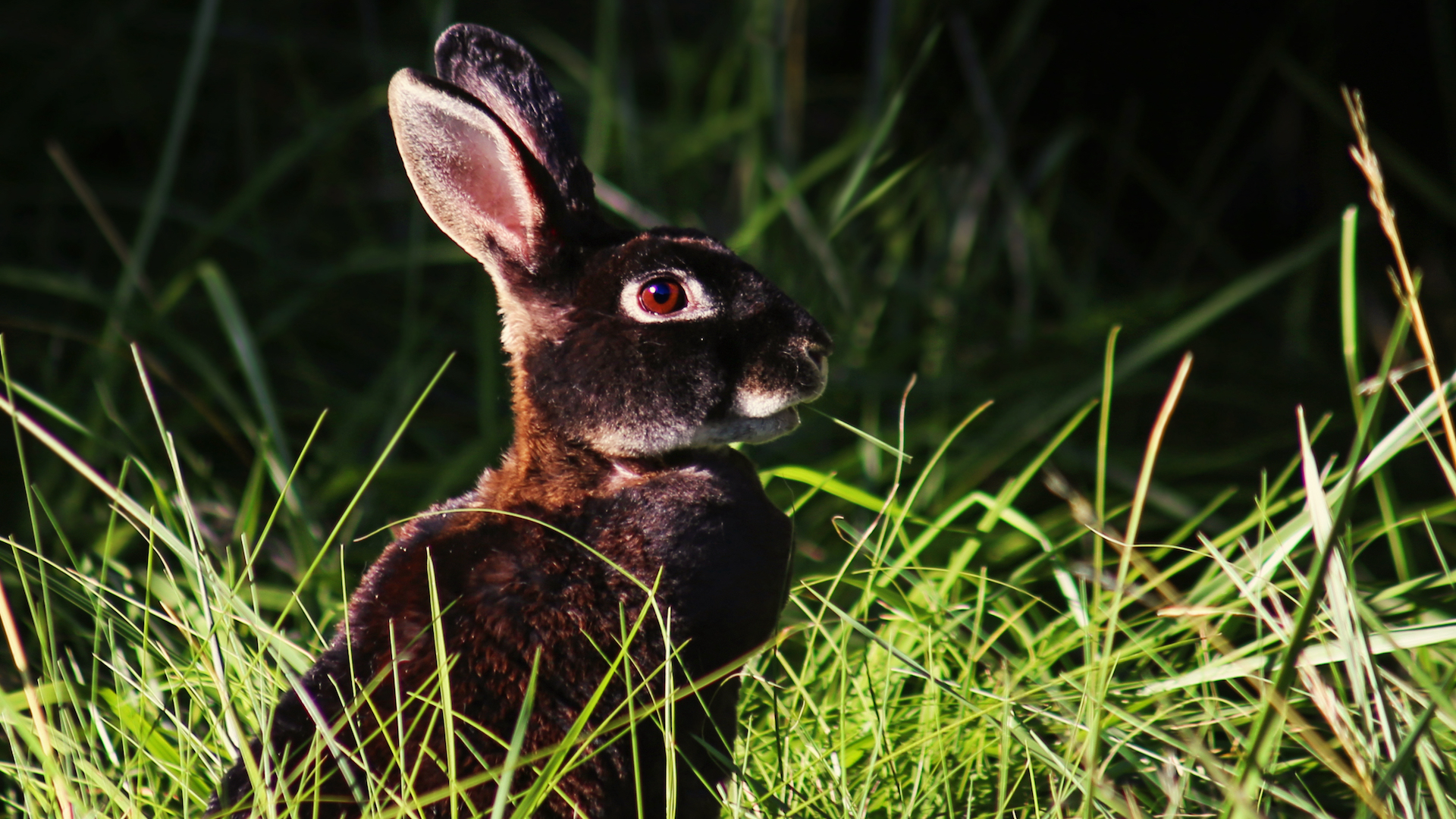
The silver marten came about due to a breeder crossing black and tan rabbits to chinchillas, and it has since itself been used to introduce color into other breeds such as the Netherland dwarf.
They have delicate markings, with silver ticking and rimmed eyes adorning their beautifully glossy coats.
Max weight 9.5lb.
28. English lop
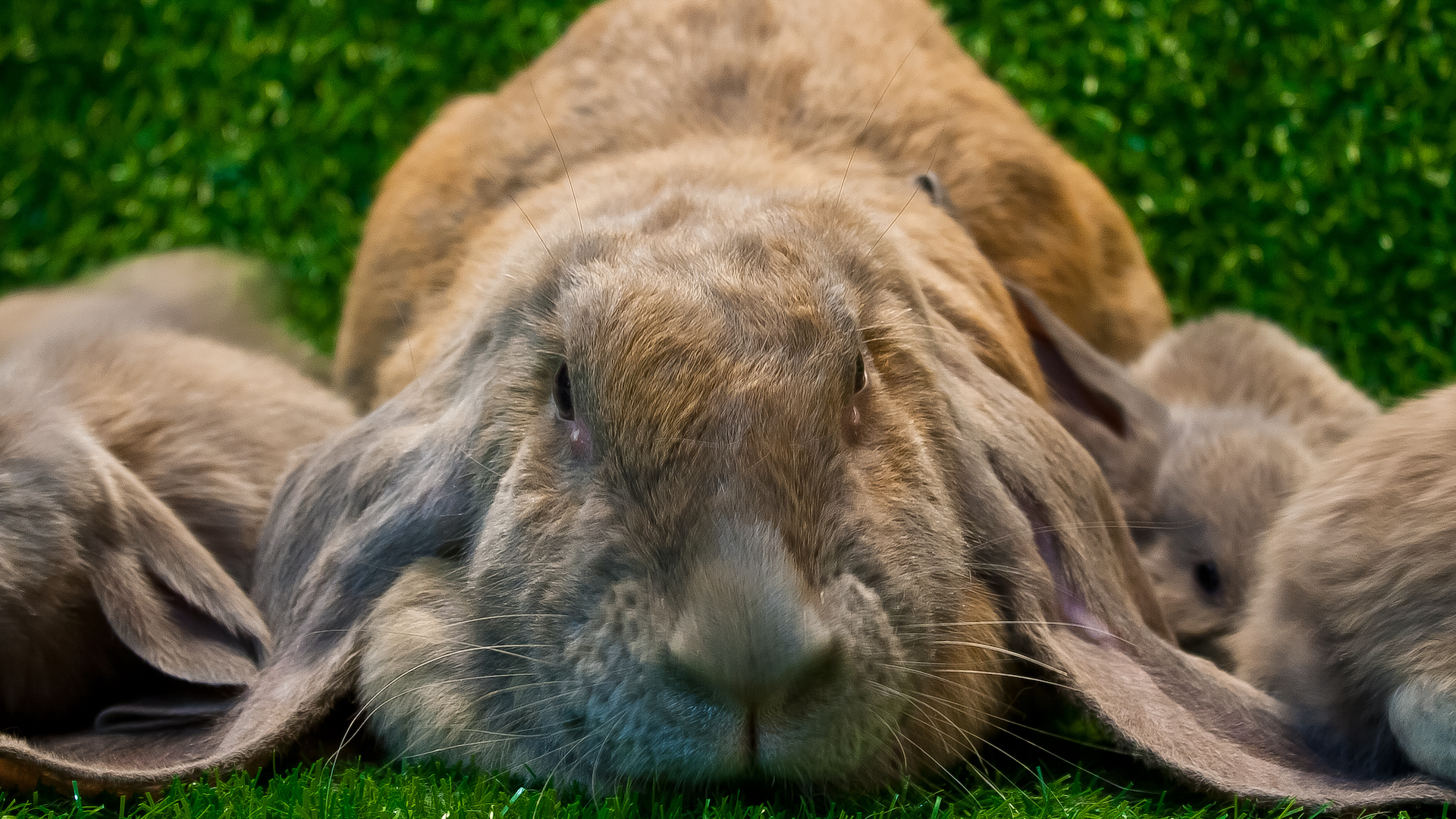
If you love long ears, the English lop is the rabbit for you. This original lop is known to have the longest ears of any rabbit breed. The Victorians cherished them as pets, and they have been used to develop other lop-eared breeds, such as the French lop.
They are docile and laid-back, so much so that they have been nicknamed the “dog of the rabbit world”.
A large breed with no maximum weight.
29. Cinnamon
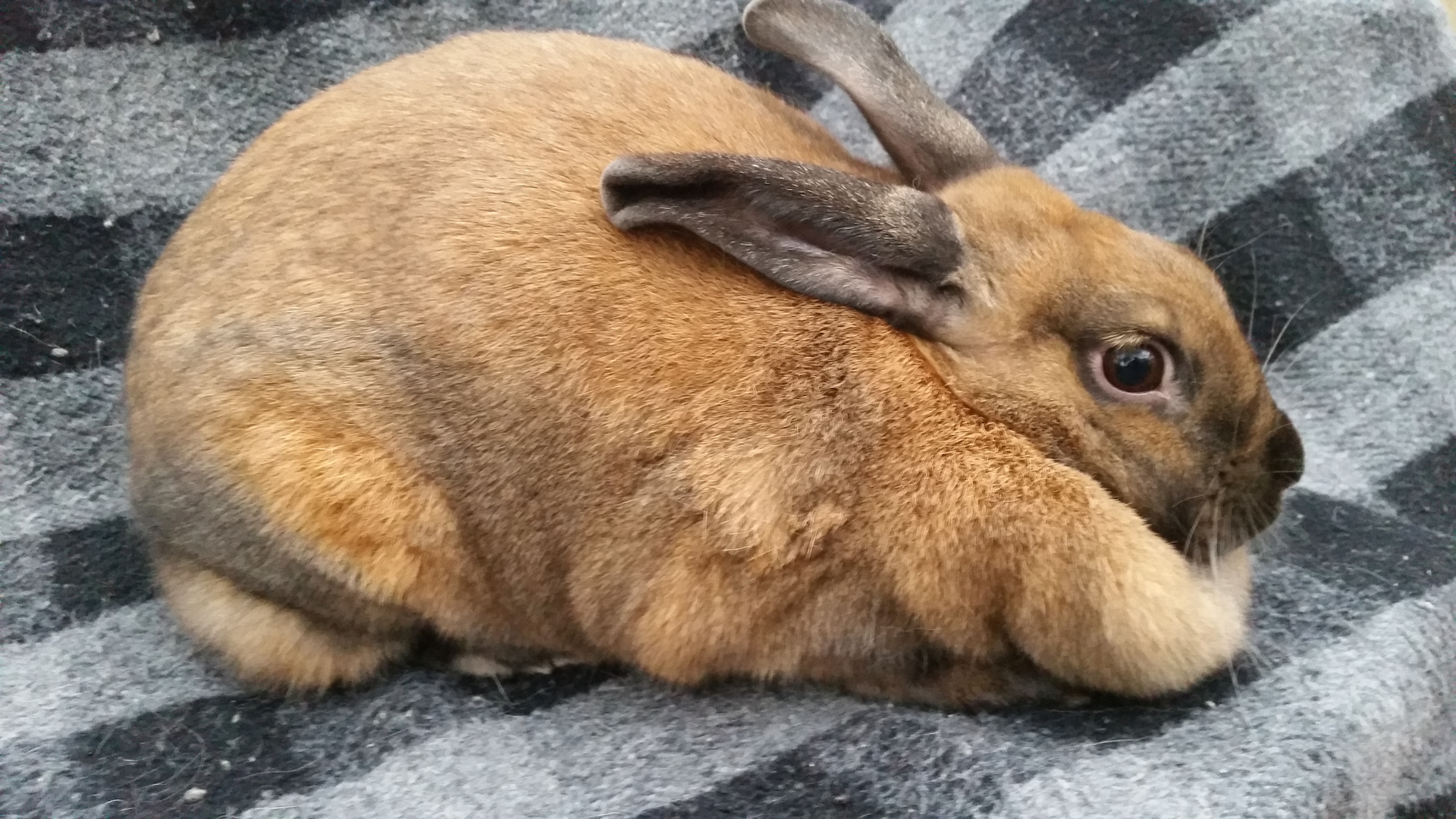
A delightful russet-colored bunny with grey ticking and undercoloring. They are said to have been created “by accident”, by a breeder’s kids. Besides their interesting color, the coat has a beautiful sheen. They tend to have calm and affectionate personalities.
Max weight 11lb.
30. New Zealand
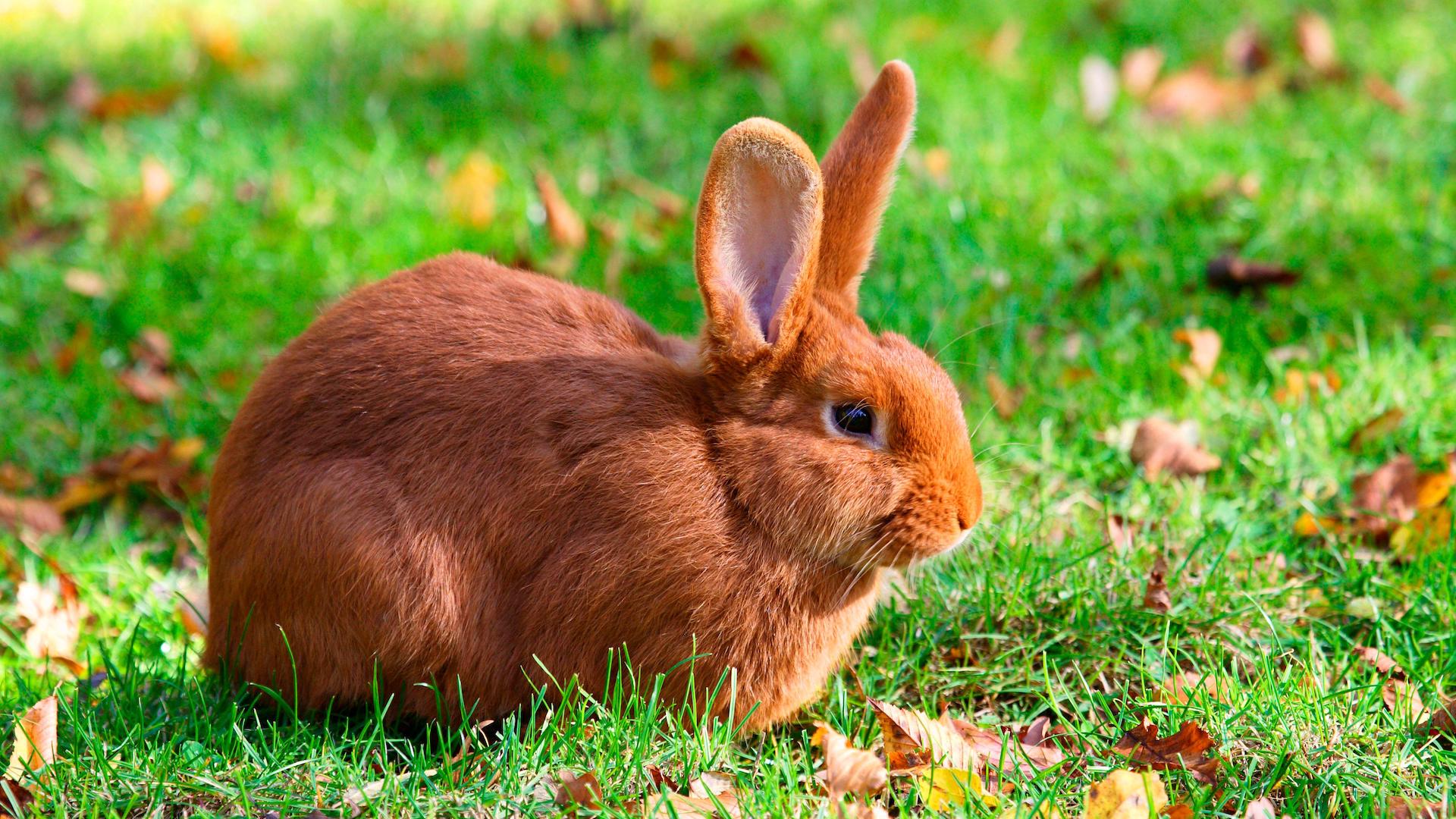
You’d be forgiven for assuming that the New Zealand was developed Down Under, but in fact, it has its roots in the US, in California.
This medium to large rabbit was mainly bred for meat production and animal testing and was developed for its quick growth rate and overall healthiness.
However, they are known to be friendly and social and make great pets, thriving with plenty of attention. They are also intelligent and can be taught tricks.
Max weight 12lb.
31. Palomino
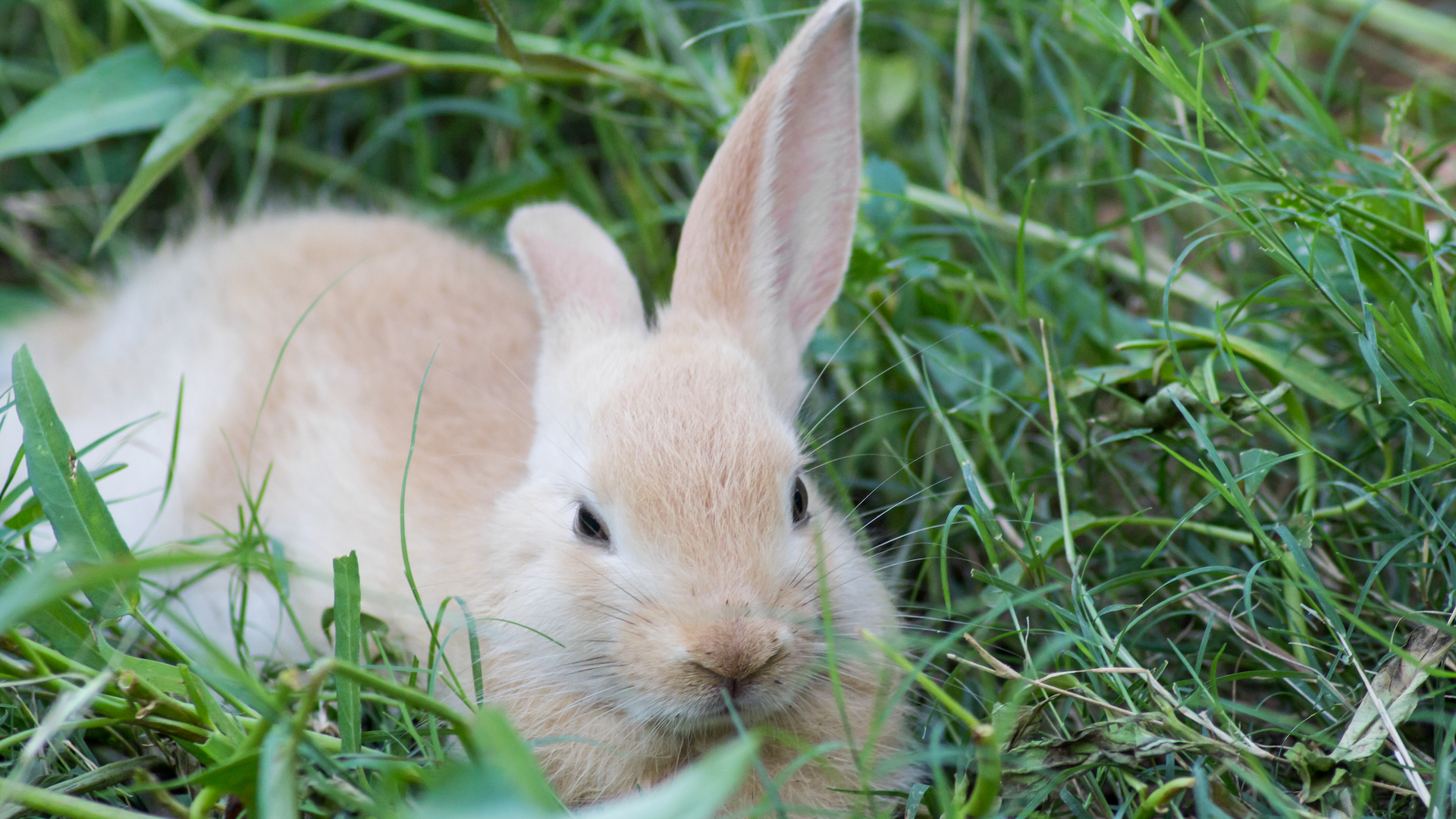
These pale golden bunnies are named palomino like the horse. They have had other names, including “American Beige” and the “Washingtonian”, due to where they were originally bred. They come in two varieties – golden and lynx – and they make an eye-catching pet.
Max weight 11lb.
32. Silver
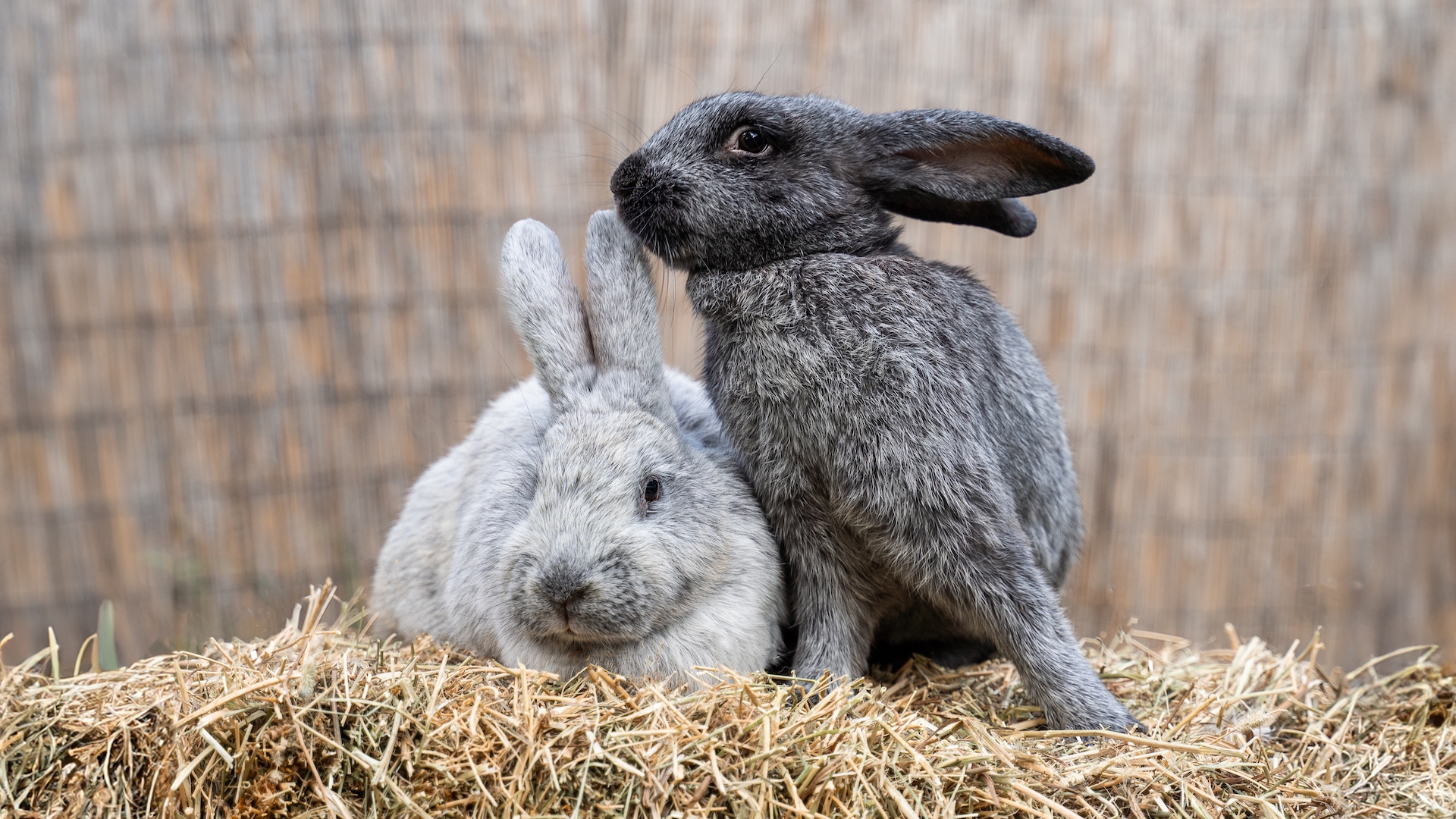
The silver is one of the oldest recorded domestic breeds, dating back to the 16th century and the days of Sir Walter Raleigh, who is said to have introduced them to England. They come in three varieties – black, brown, and fawn – with the silver pertaining to the luster which comes from their white guard hairs.
Max weight 7lb.
Enjoyed this feature? Check out the best types of bunnies for pets.
Martha is an experienced journalist working in both print and digital media. She specializes in the canine, equine and rural sphere where she has covered a wide range of topics from cloning animals and the ingredients for a perfect yard dog, to helping owners find the best canine GPS trackers on the market. When she’s not busy writing about dogs and horses, she’ll be found either aboard a horse or looking after the menagerie of pets in her care.
